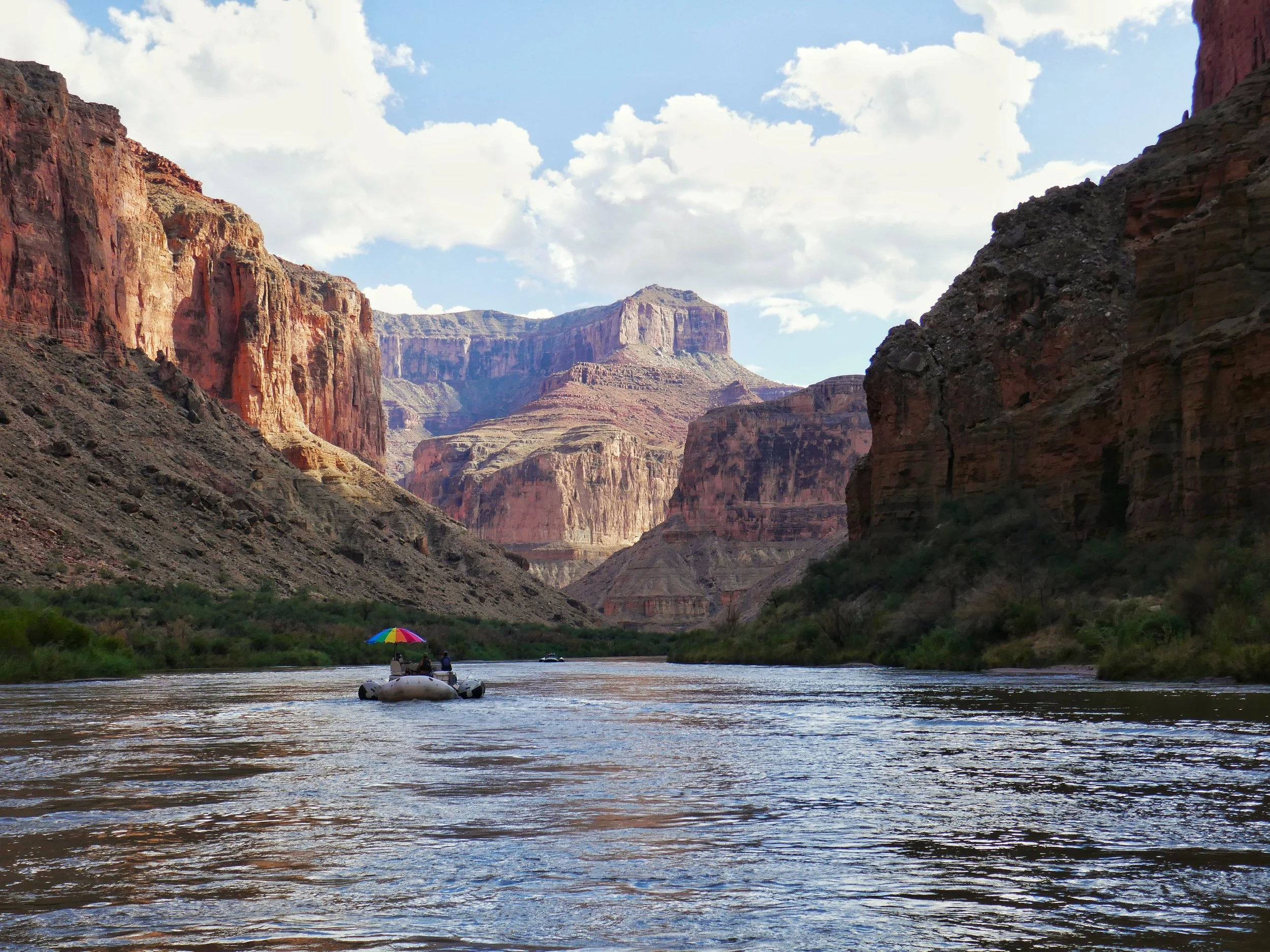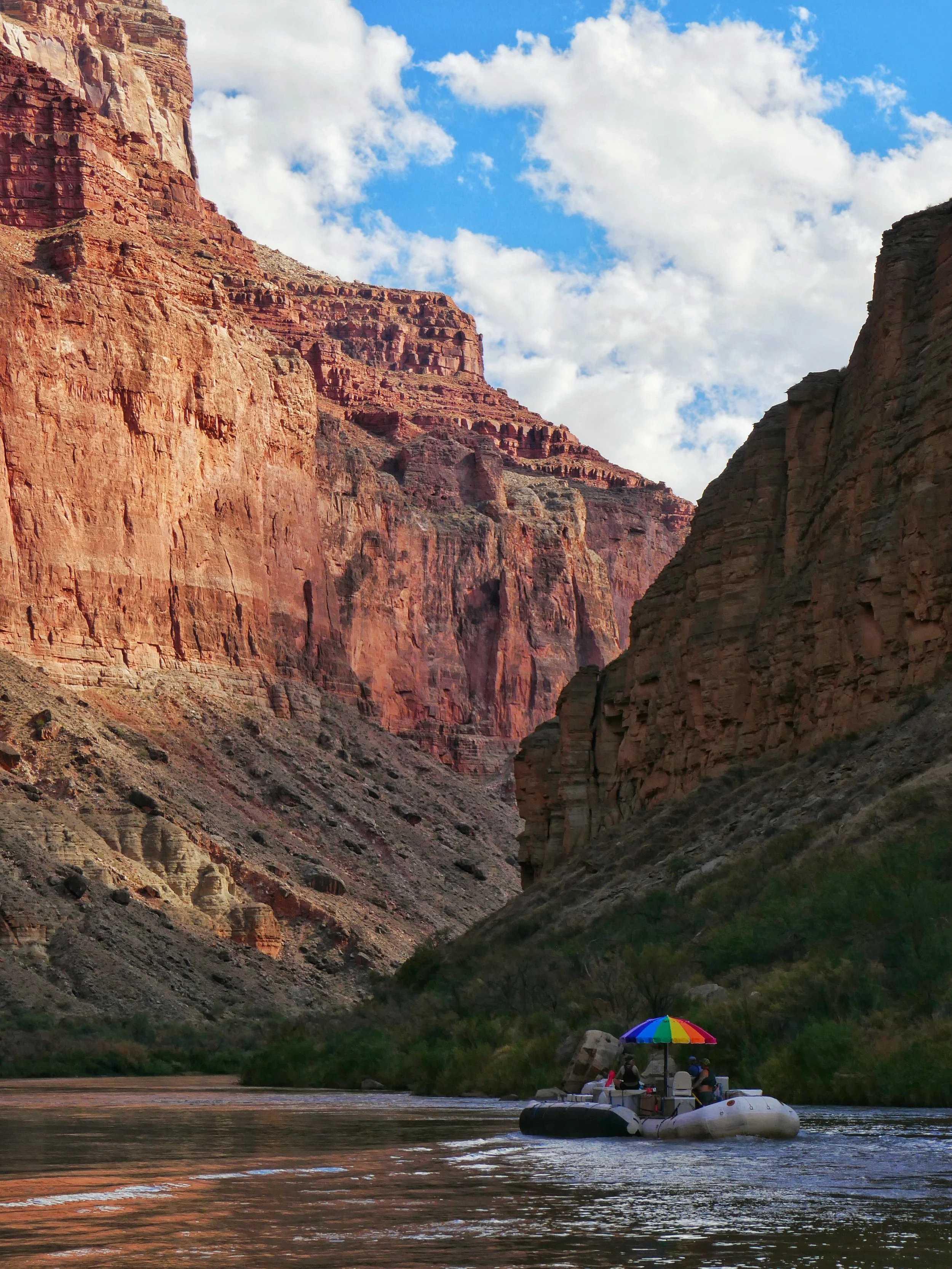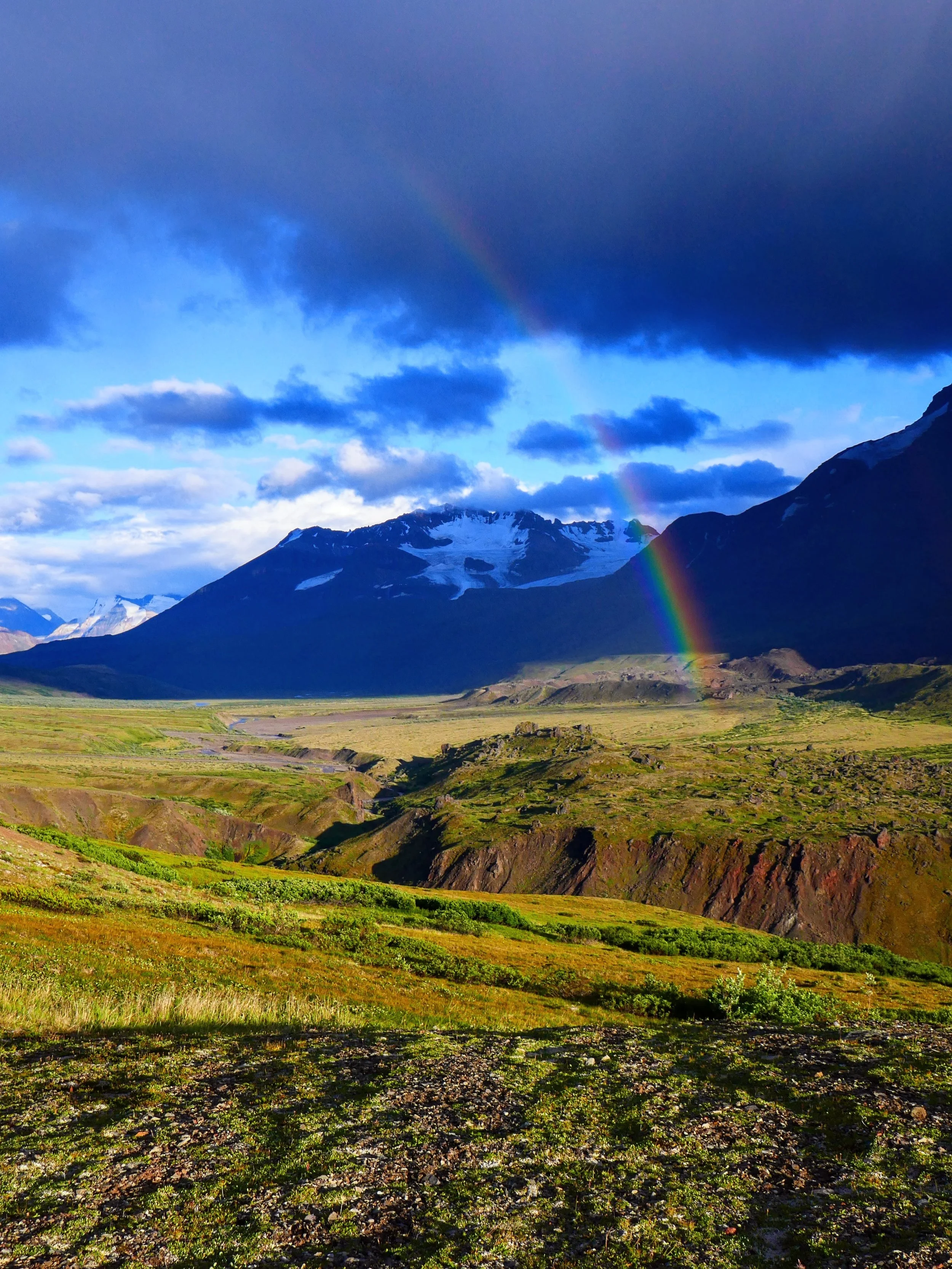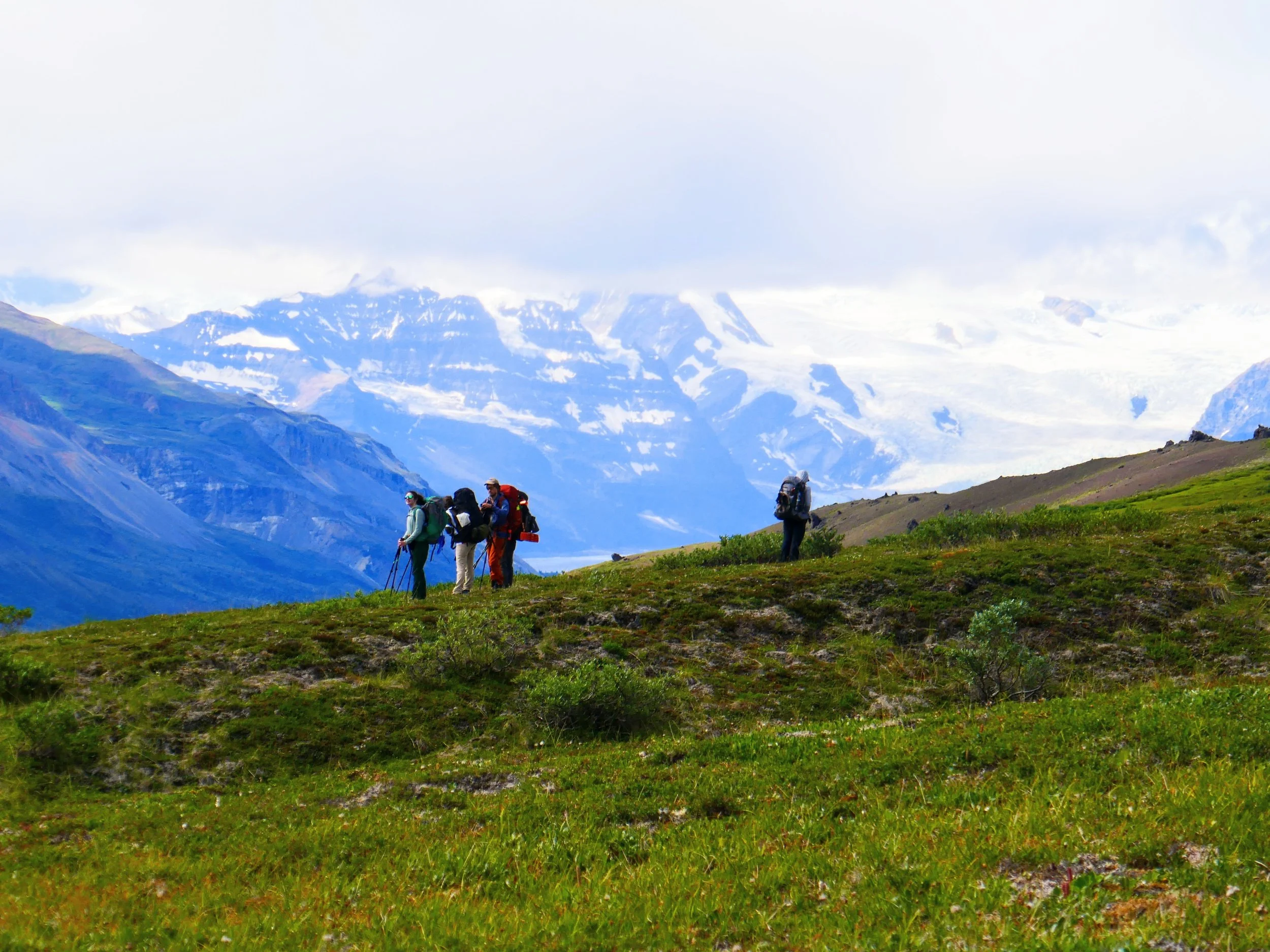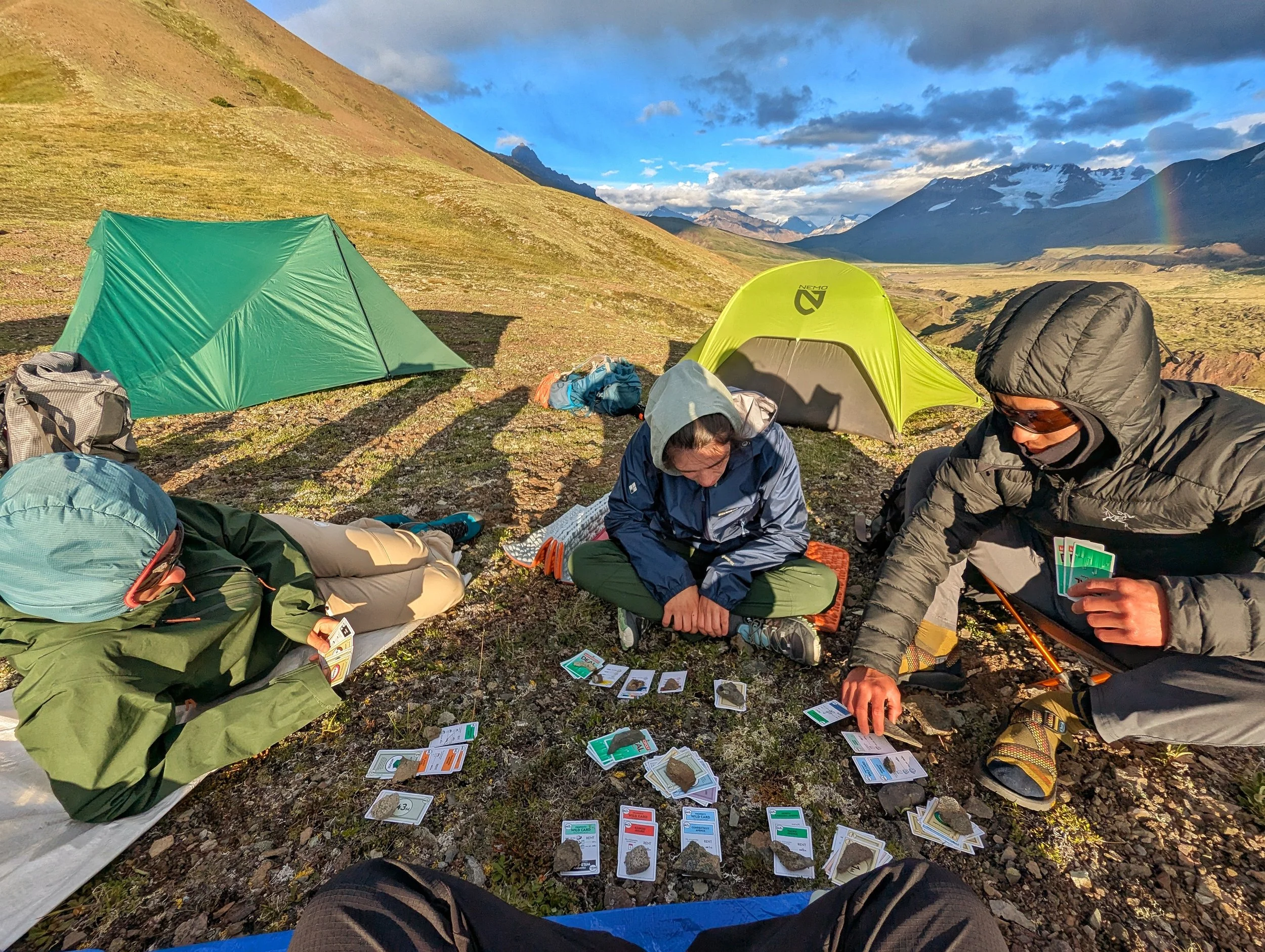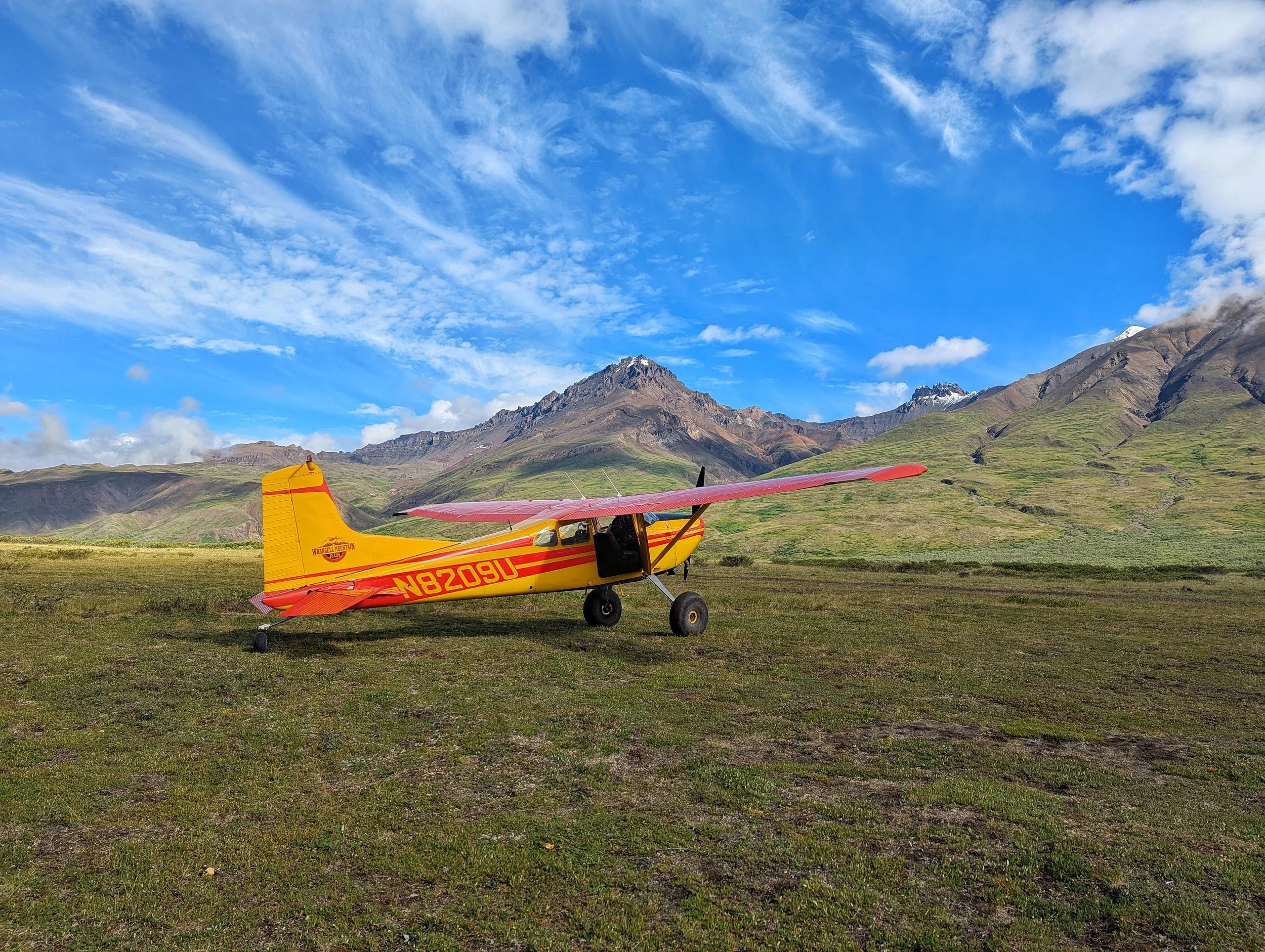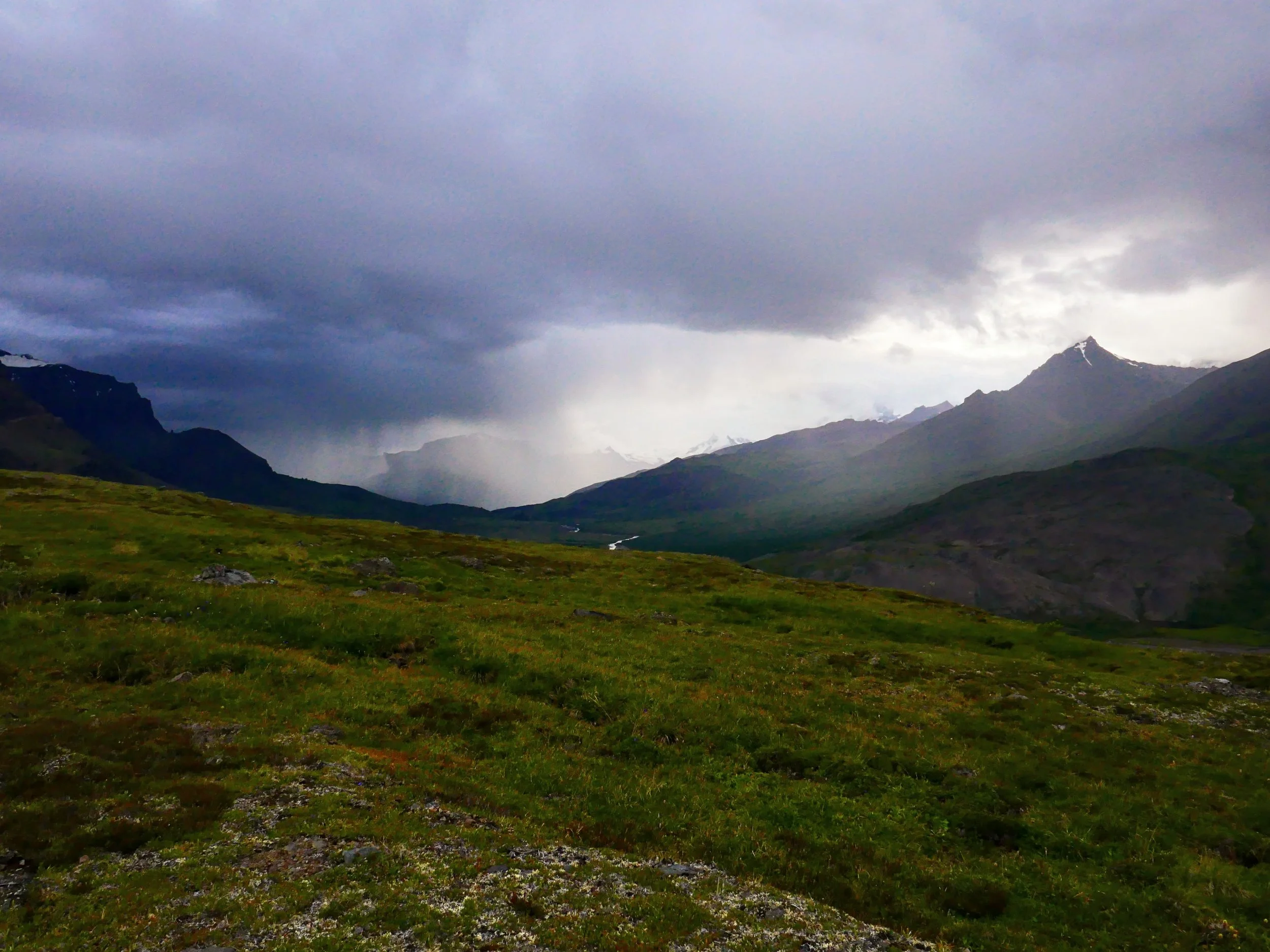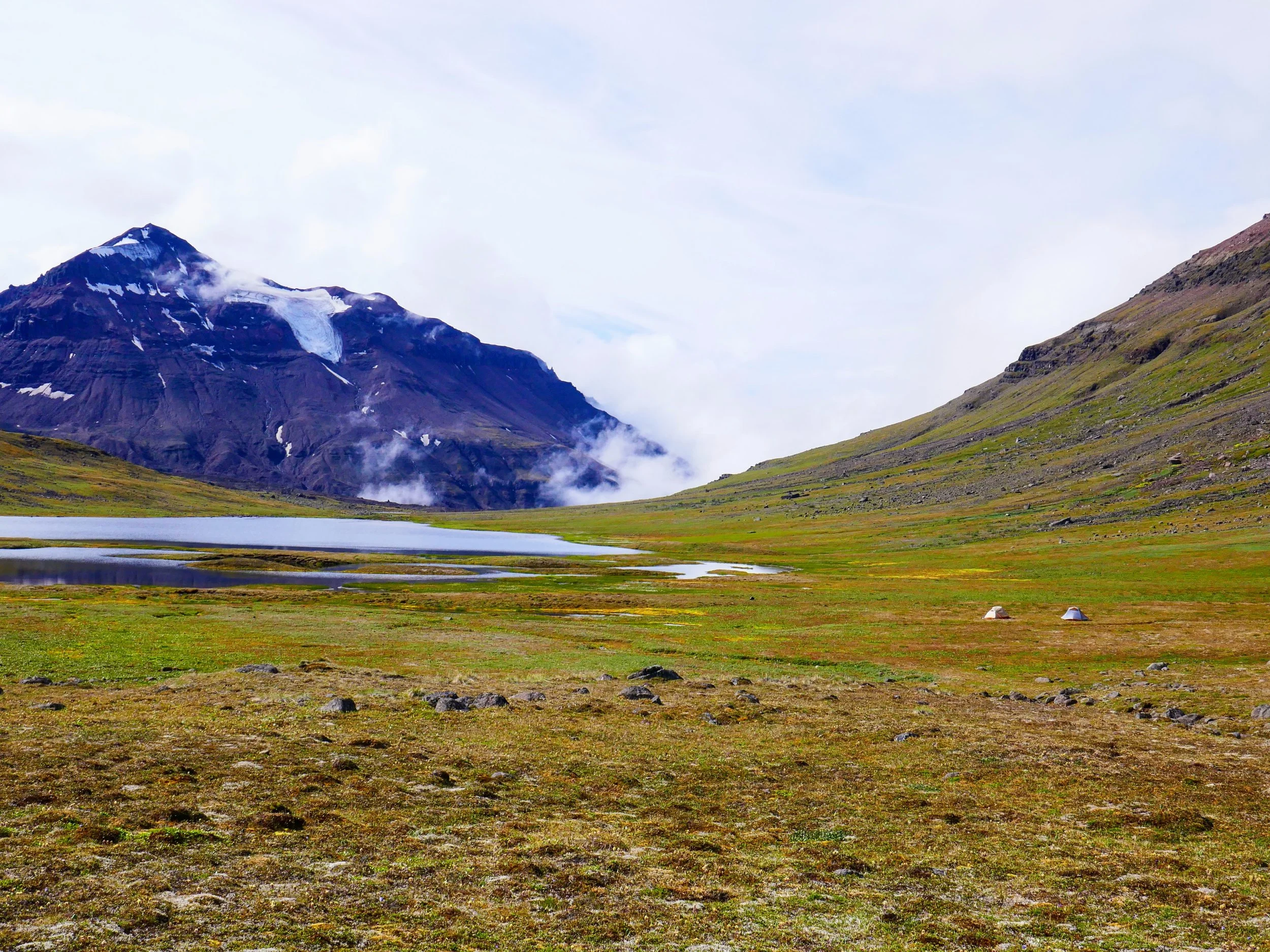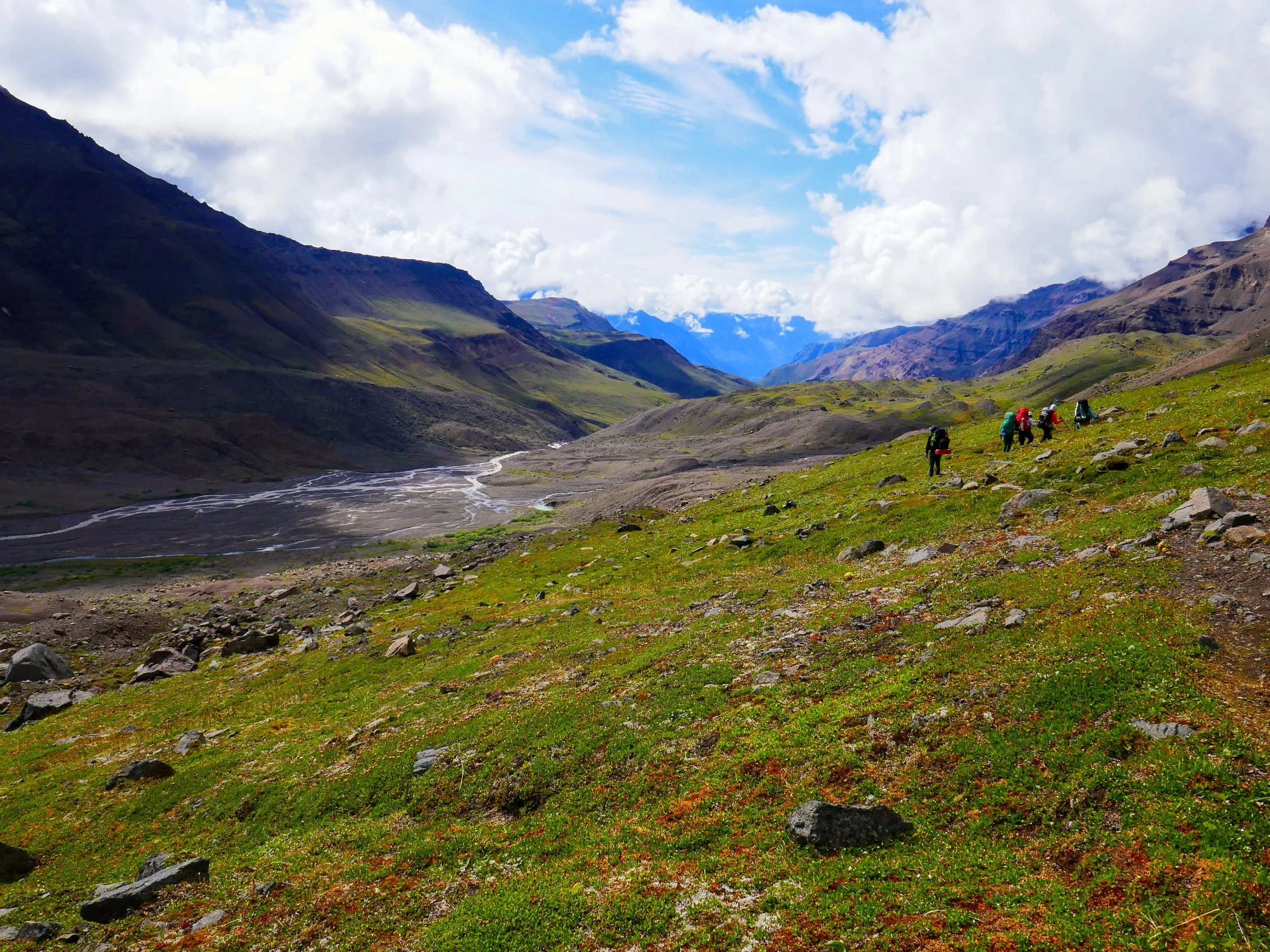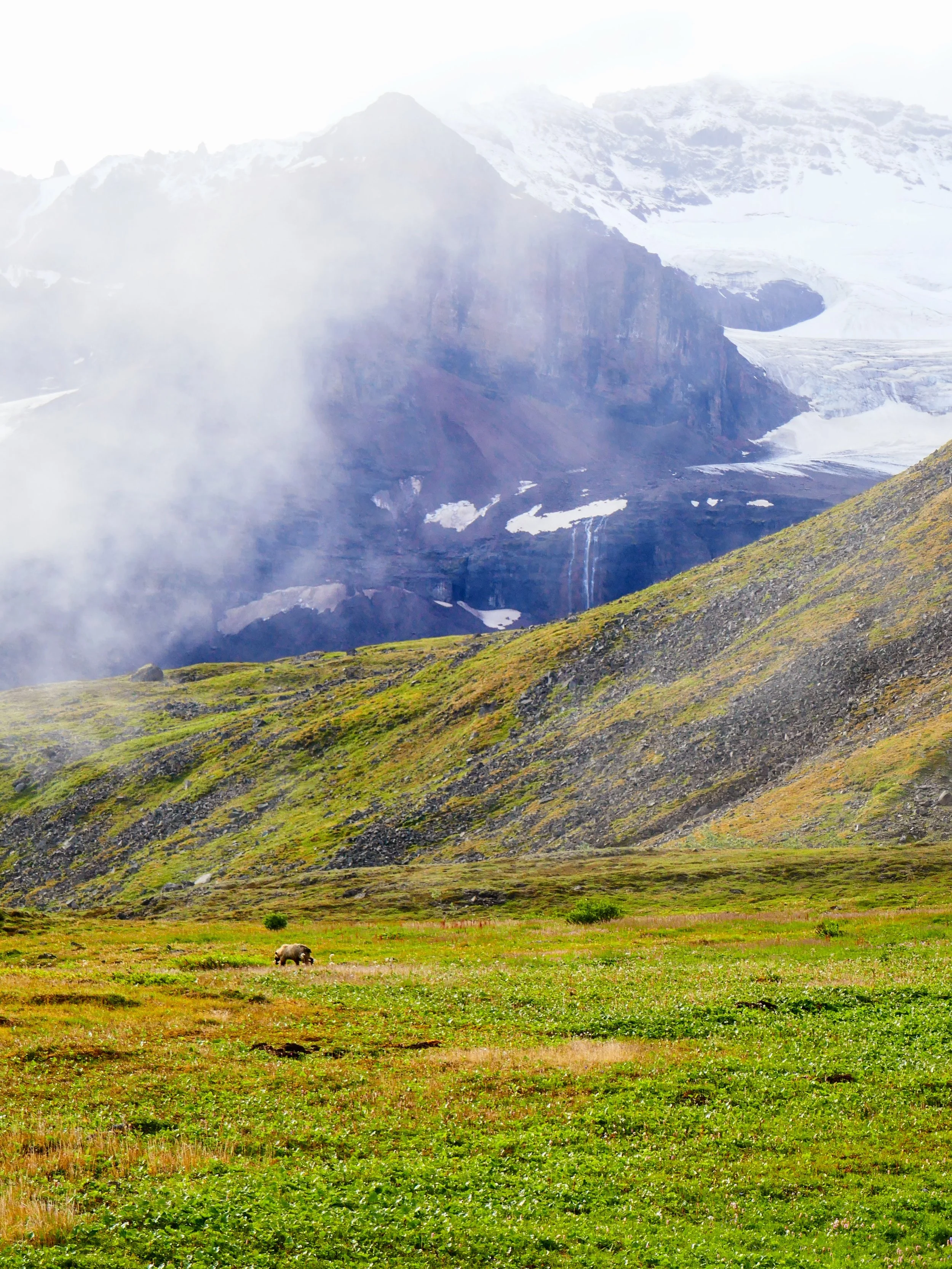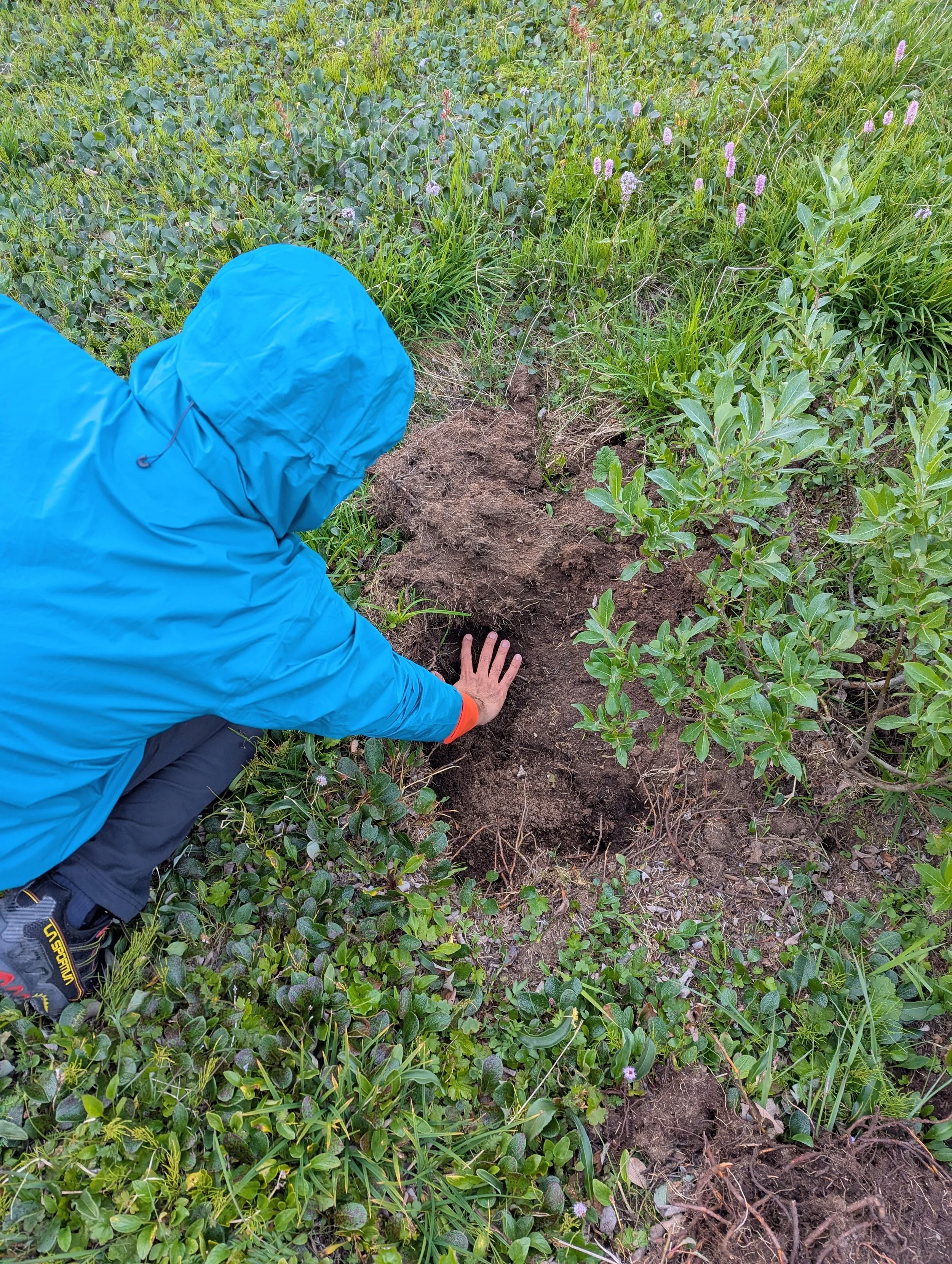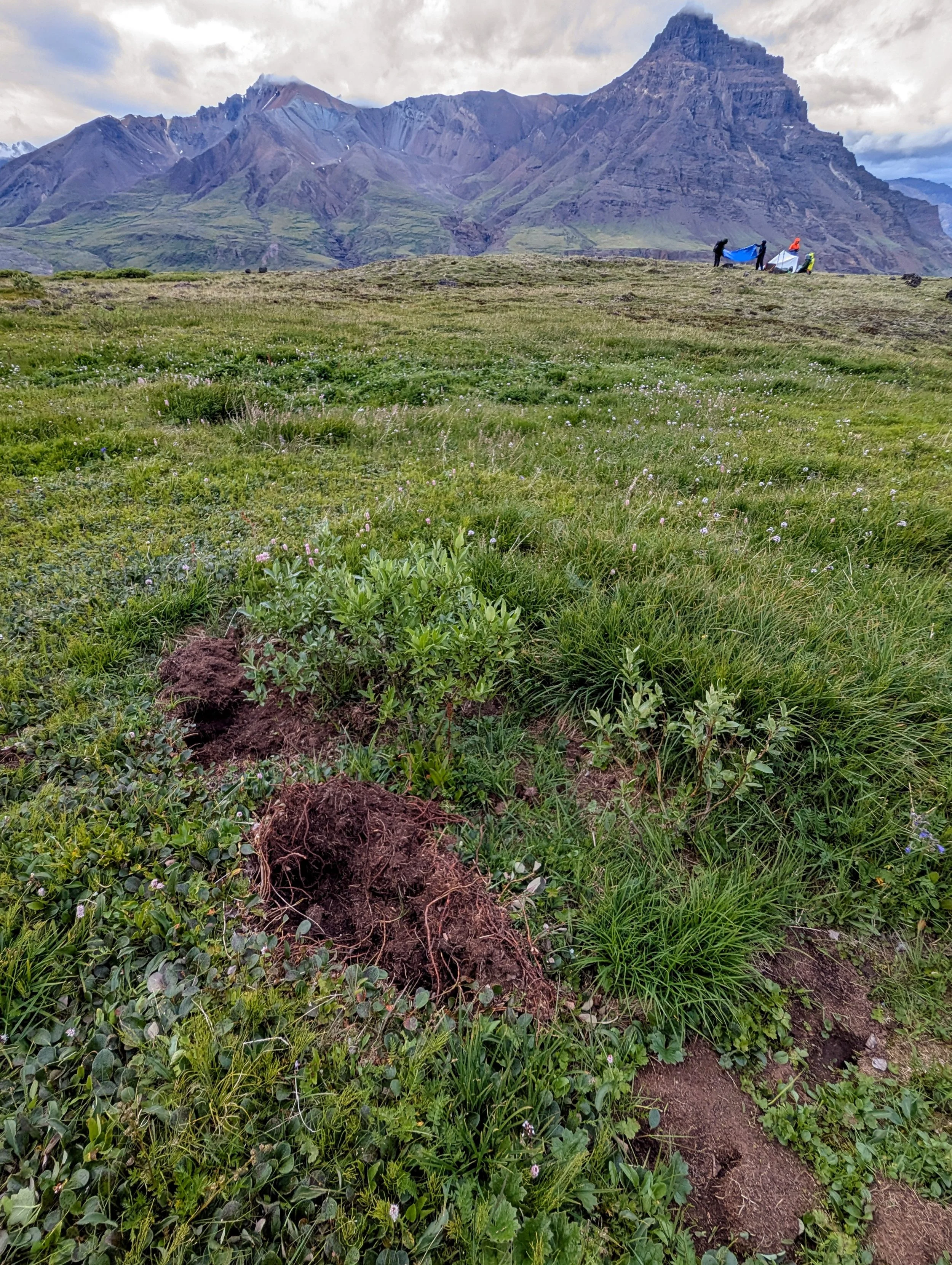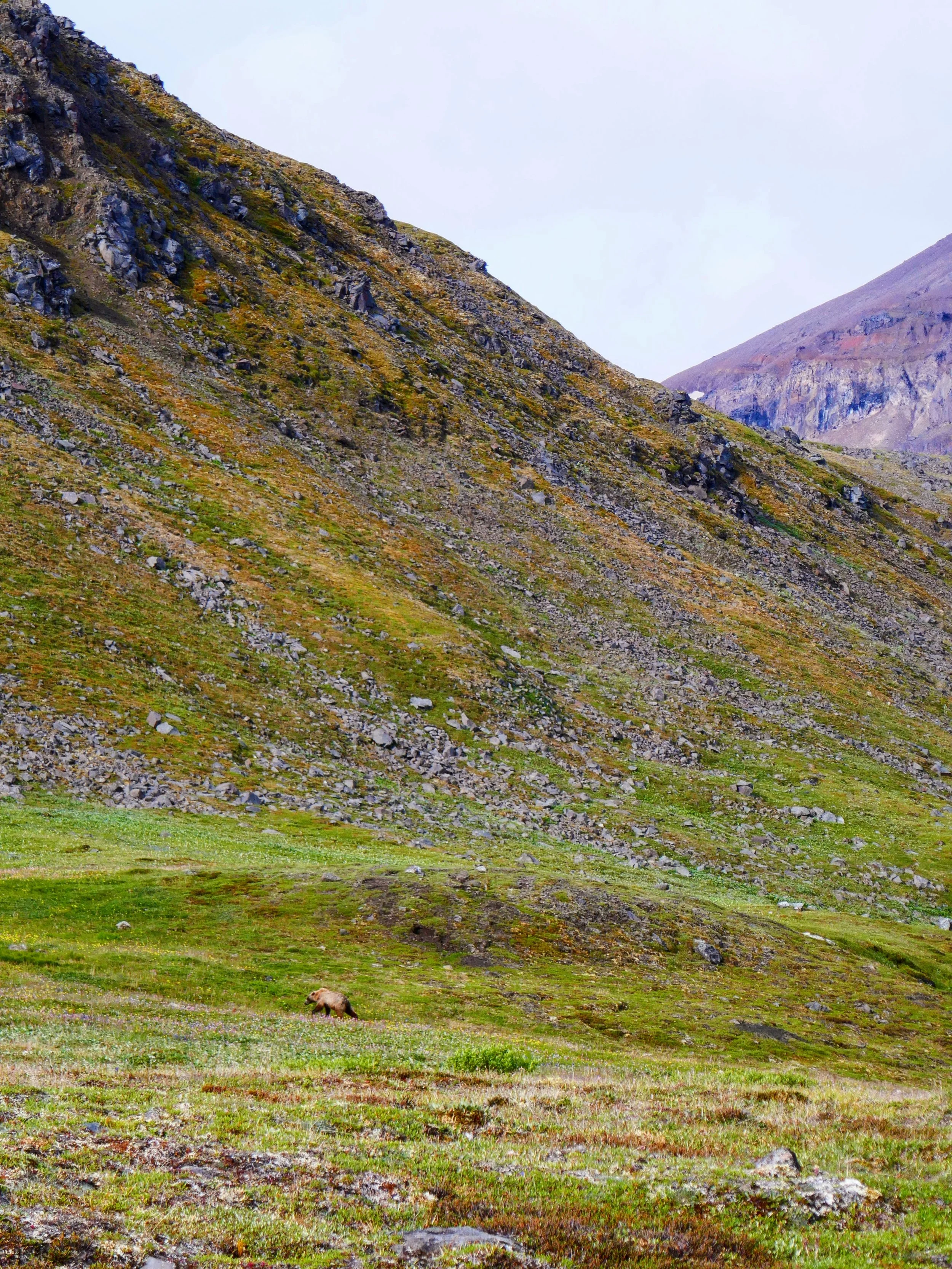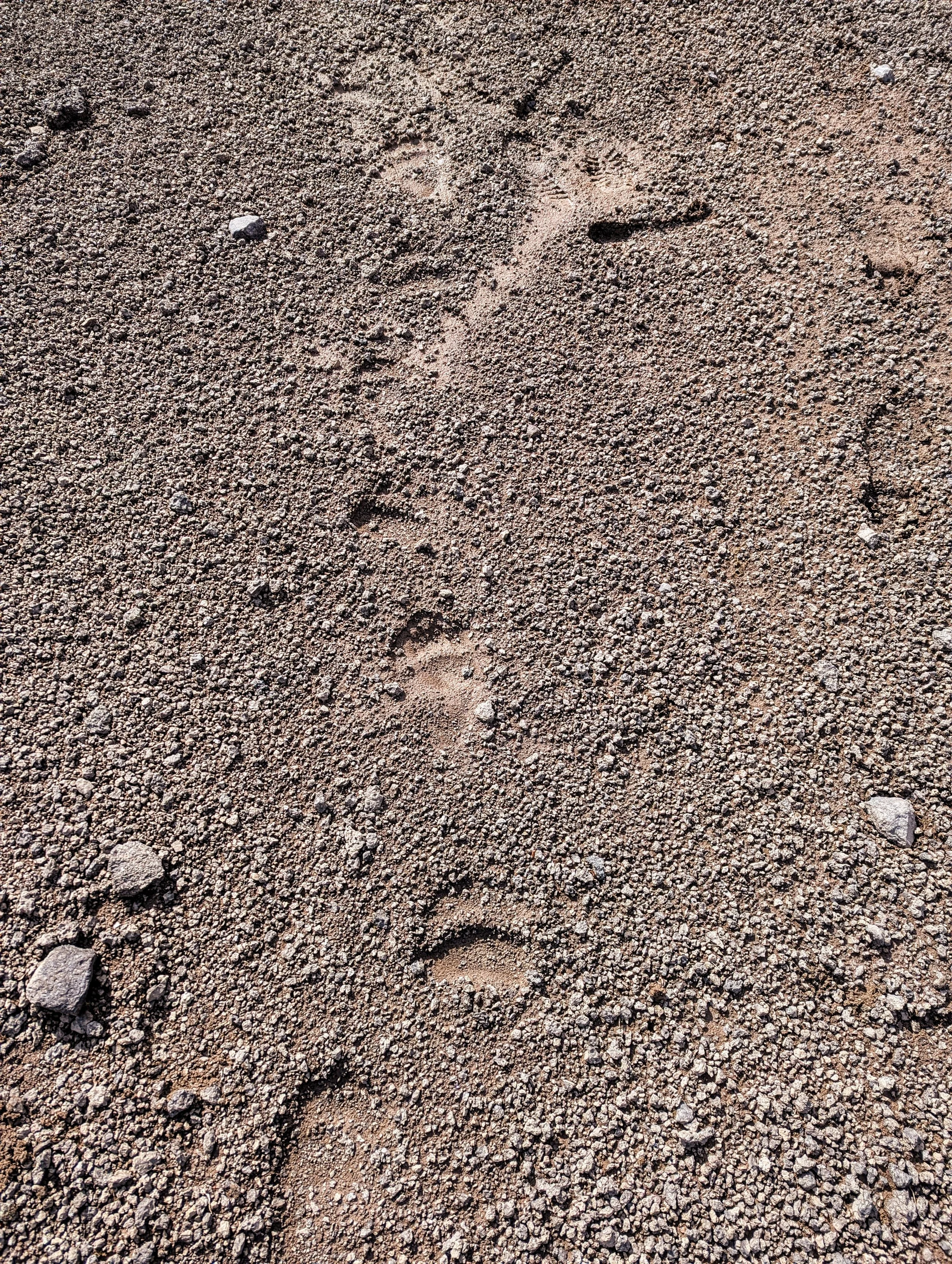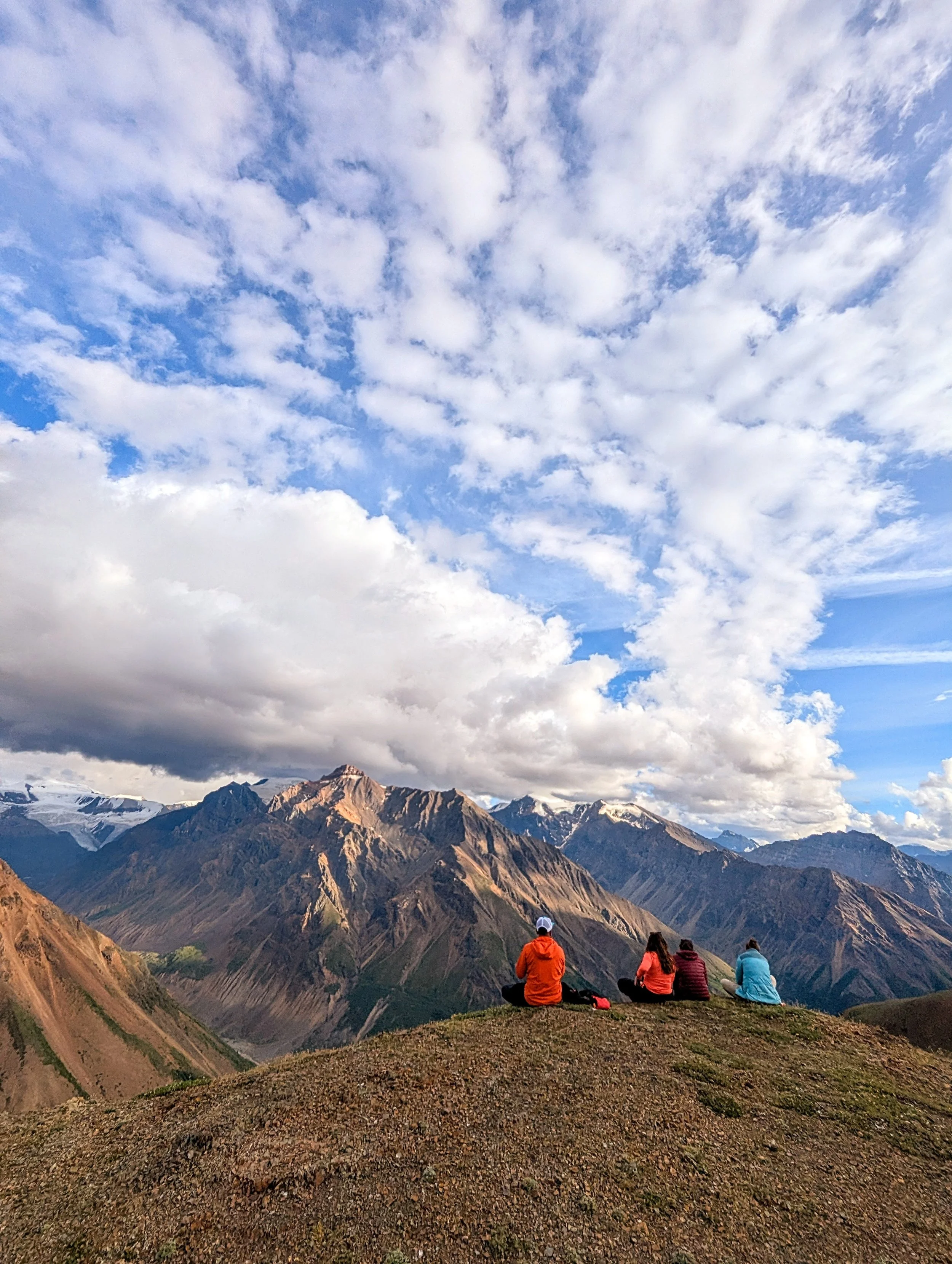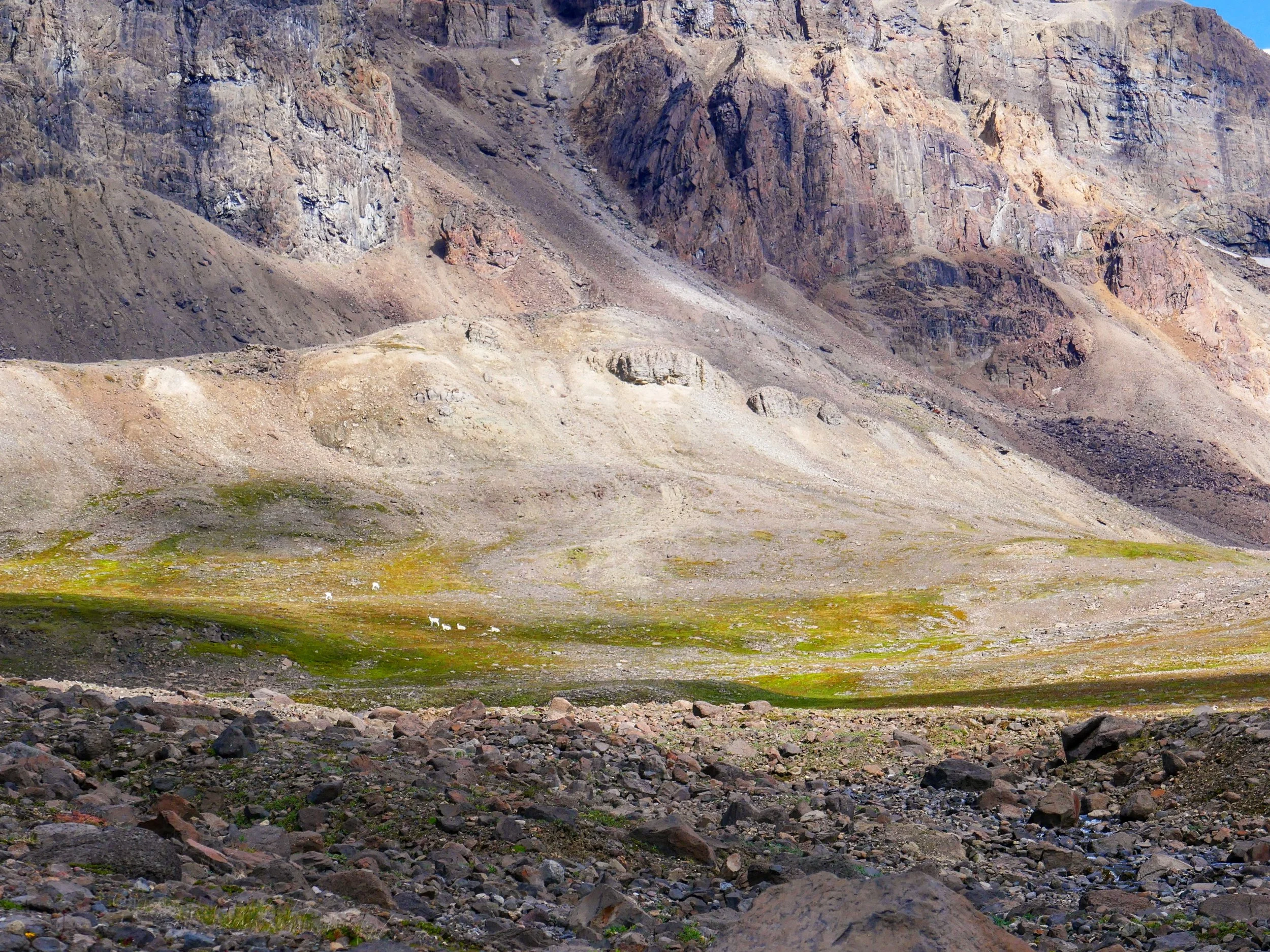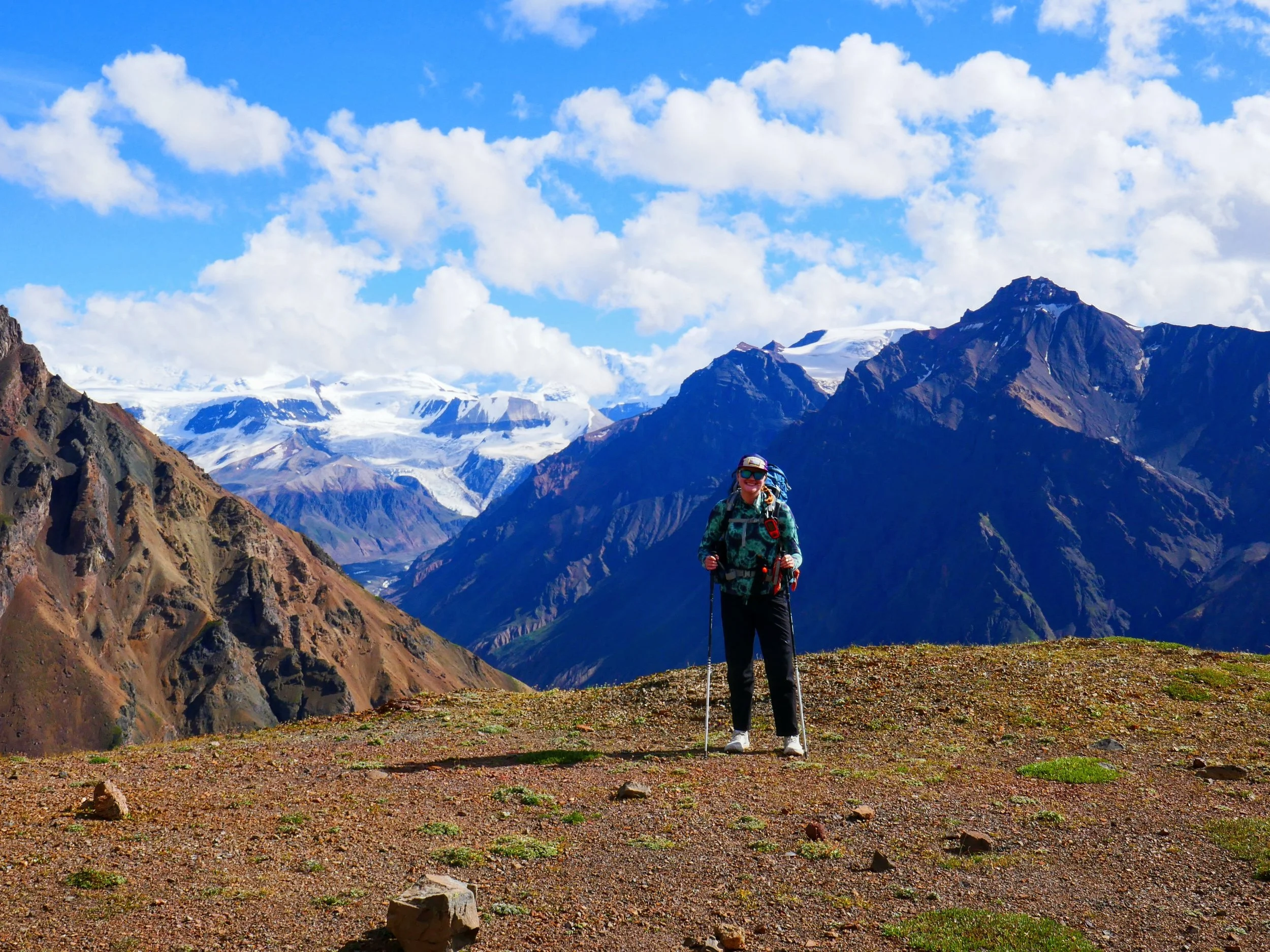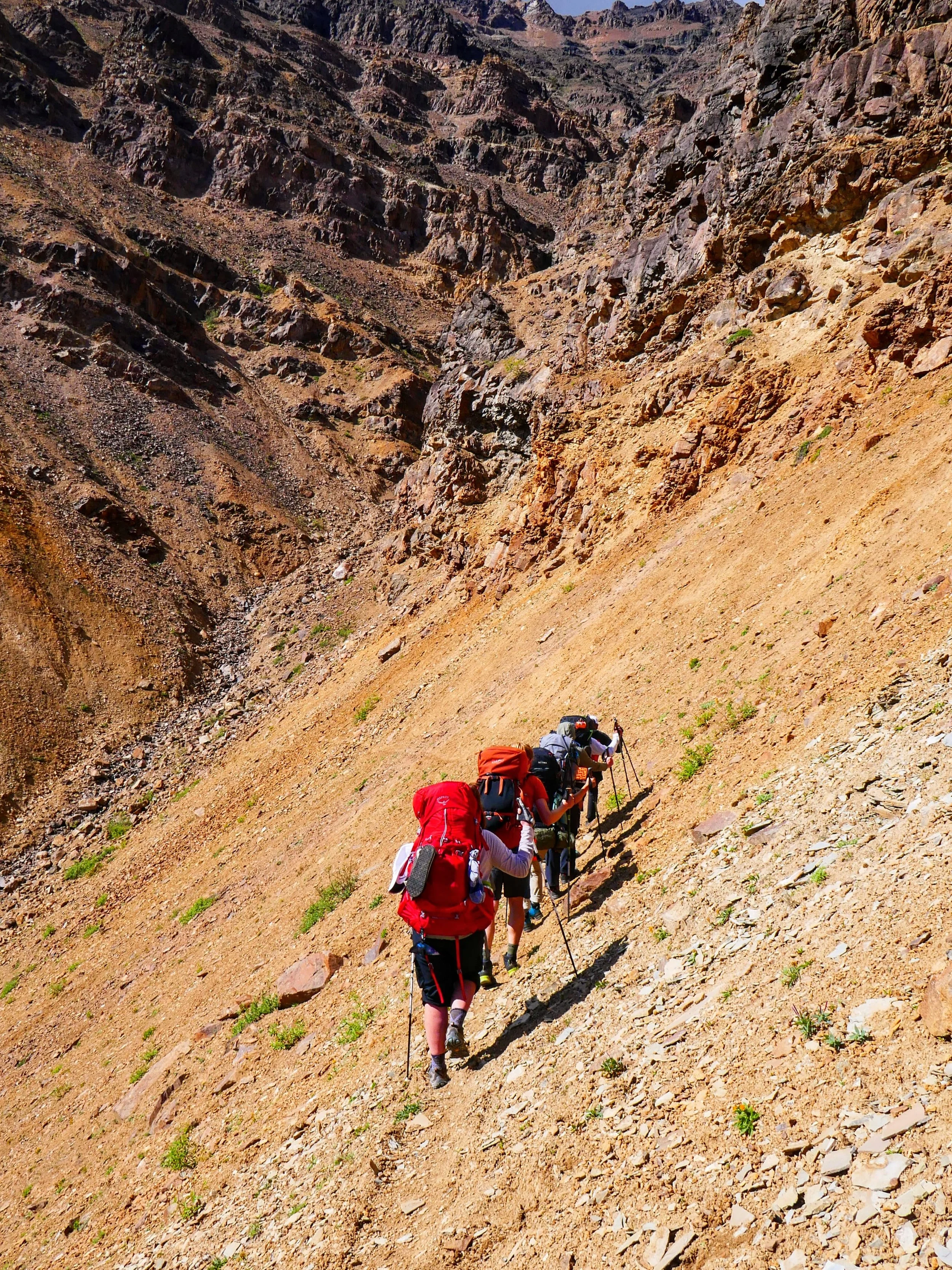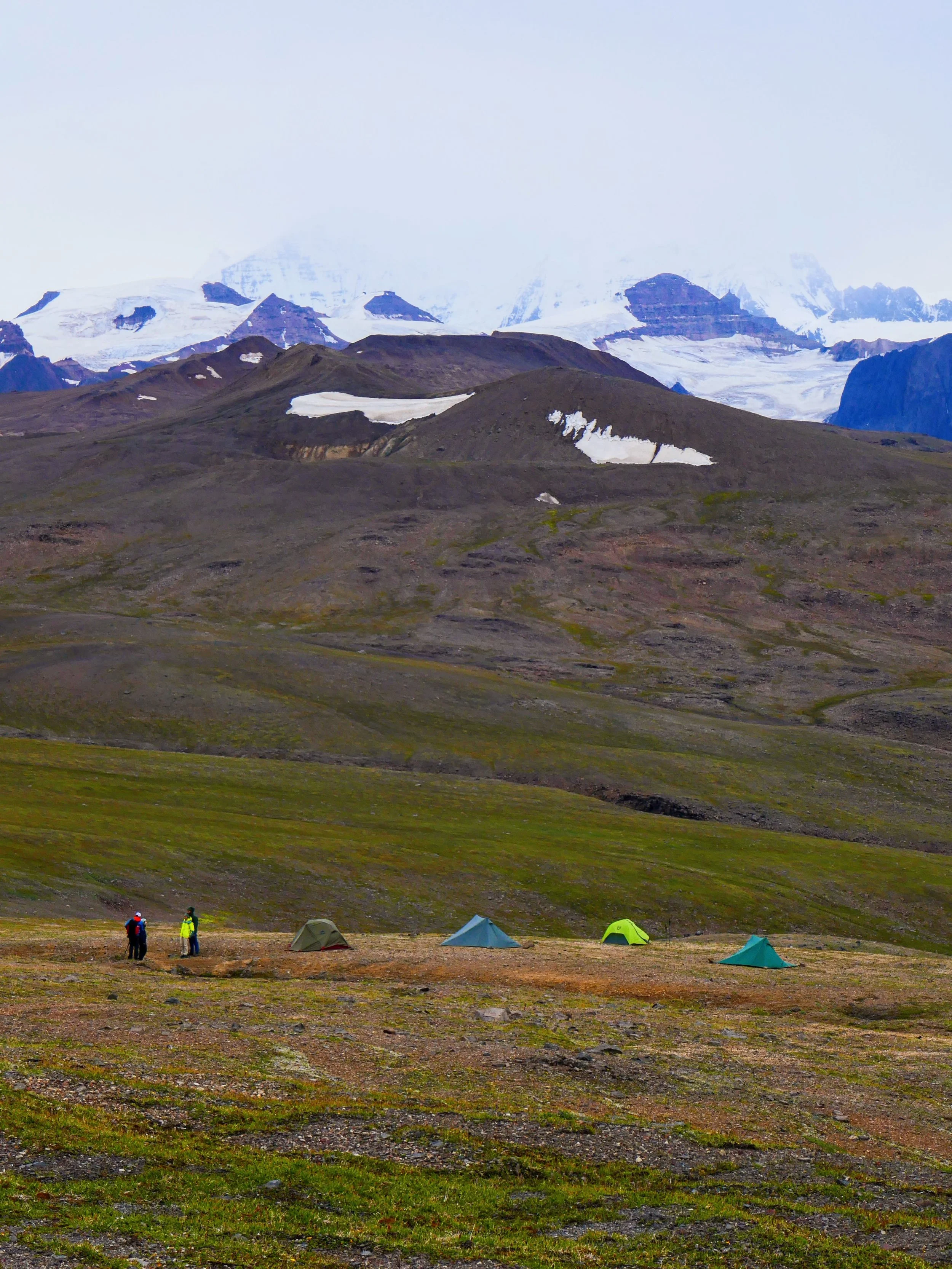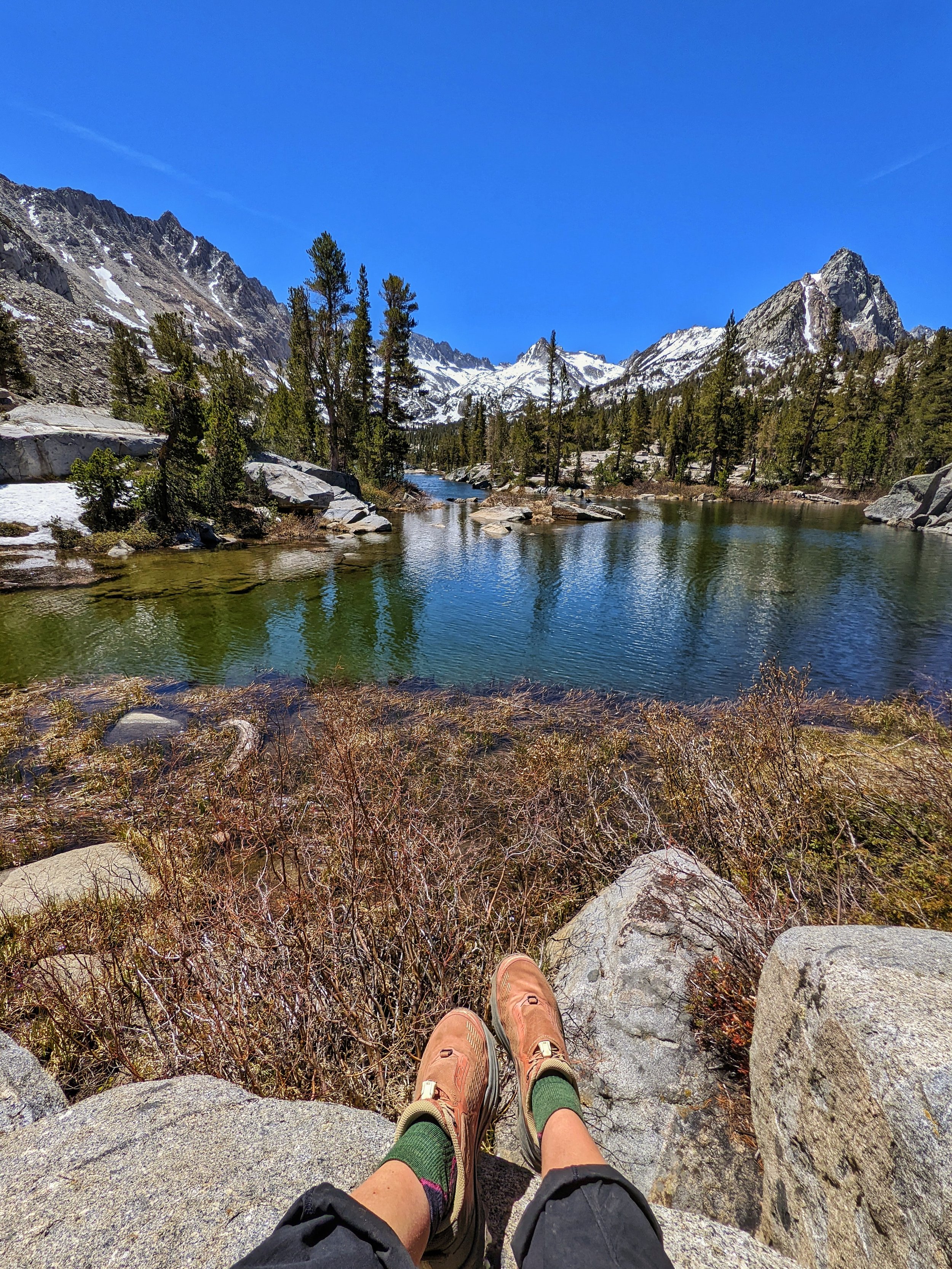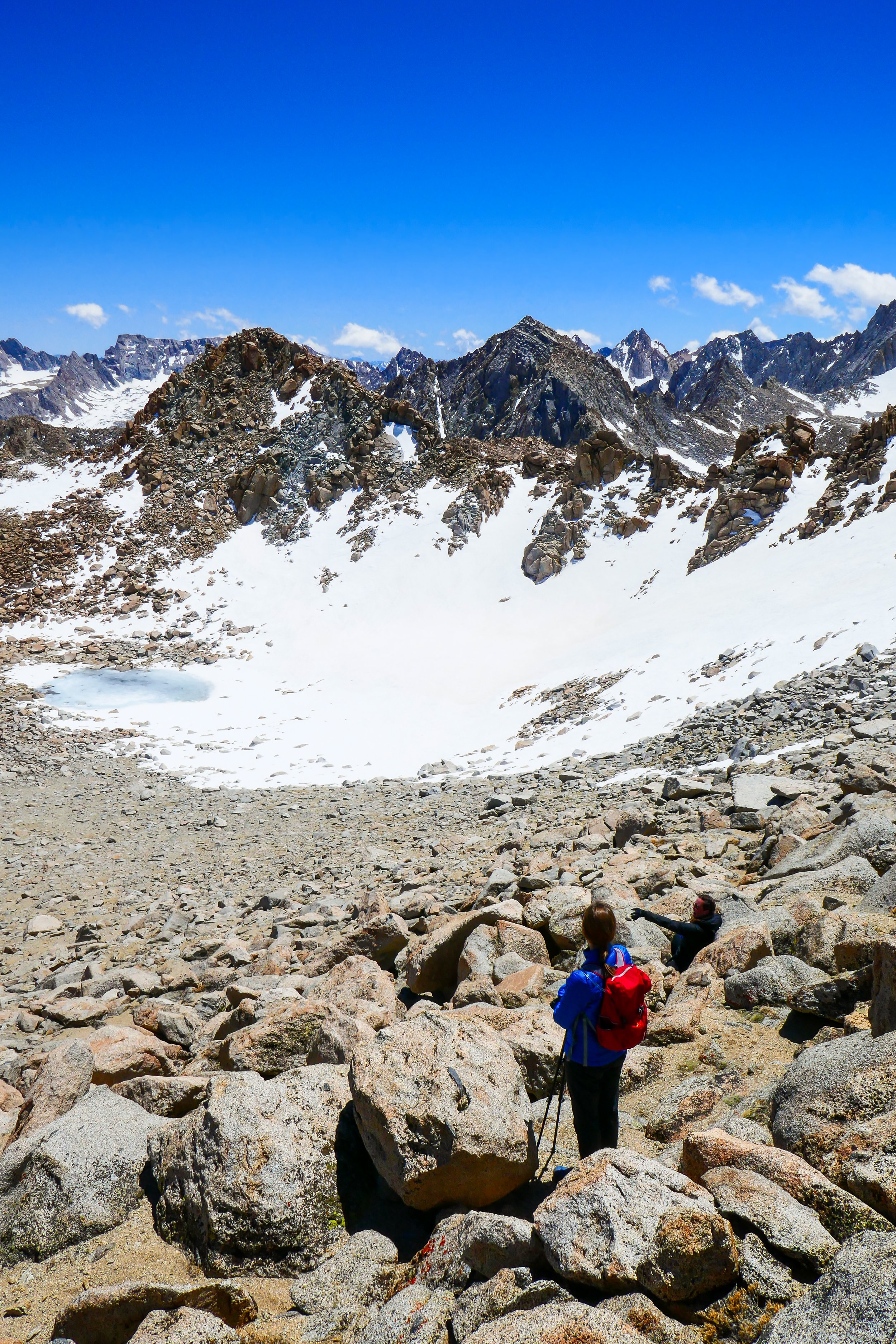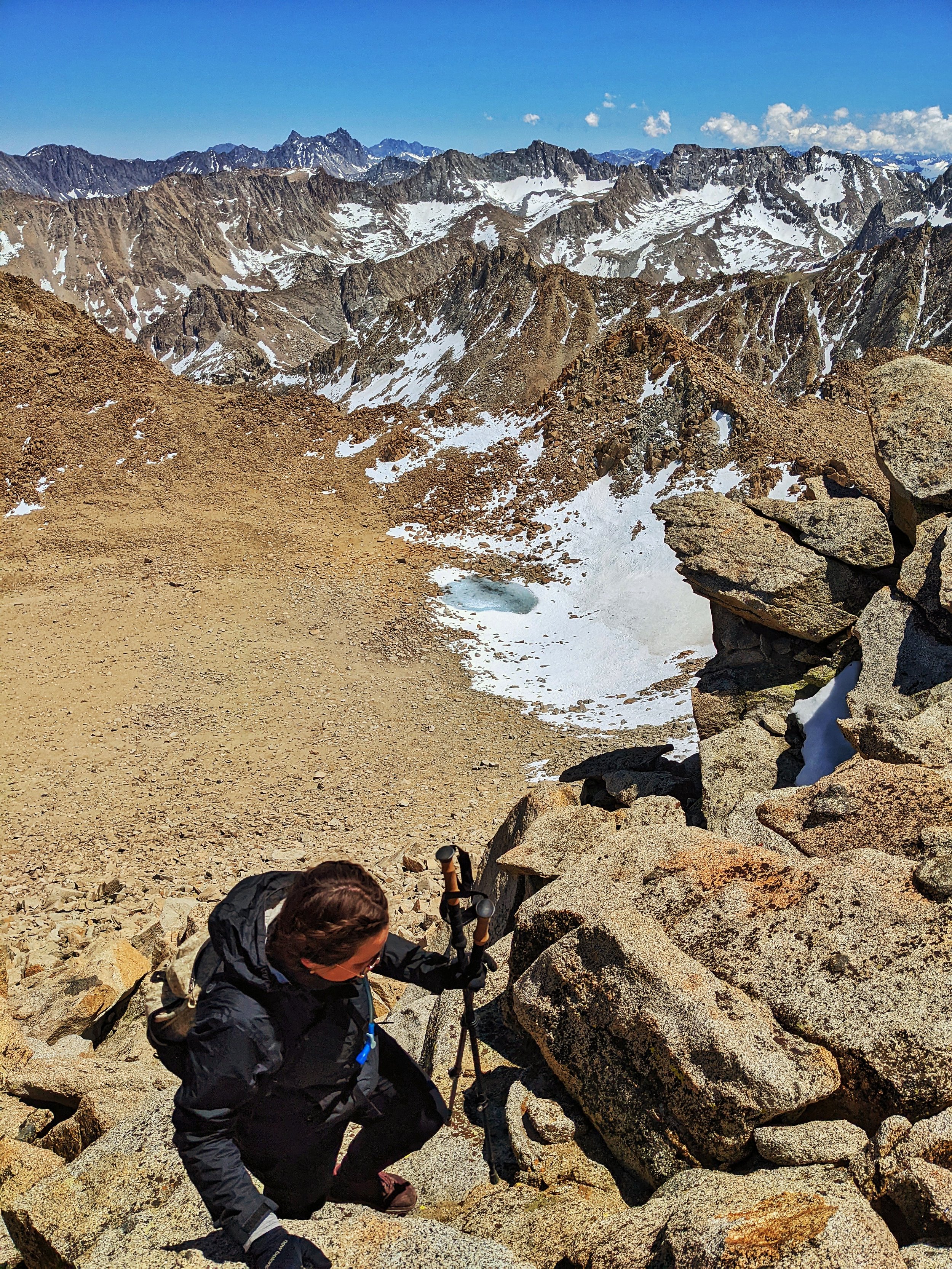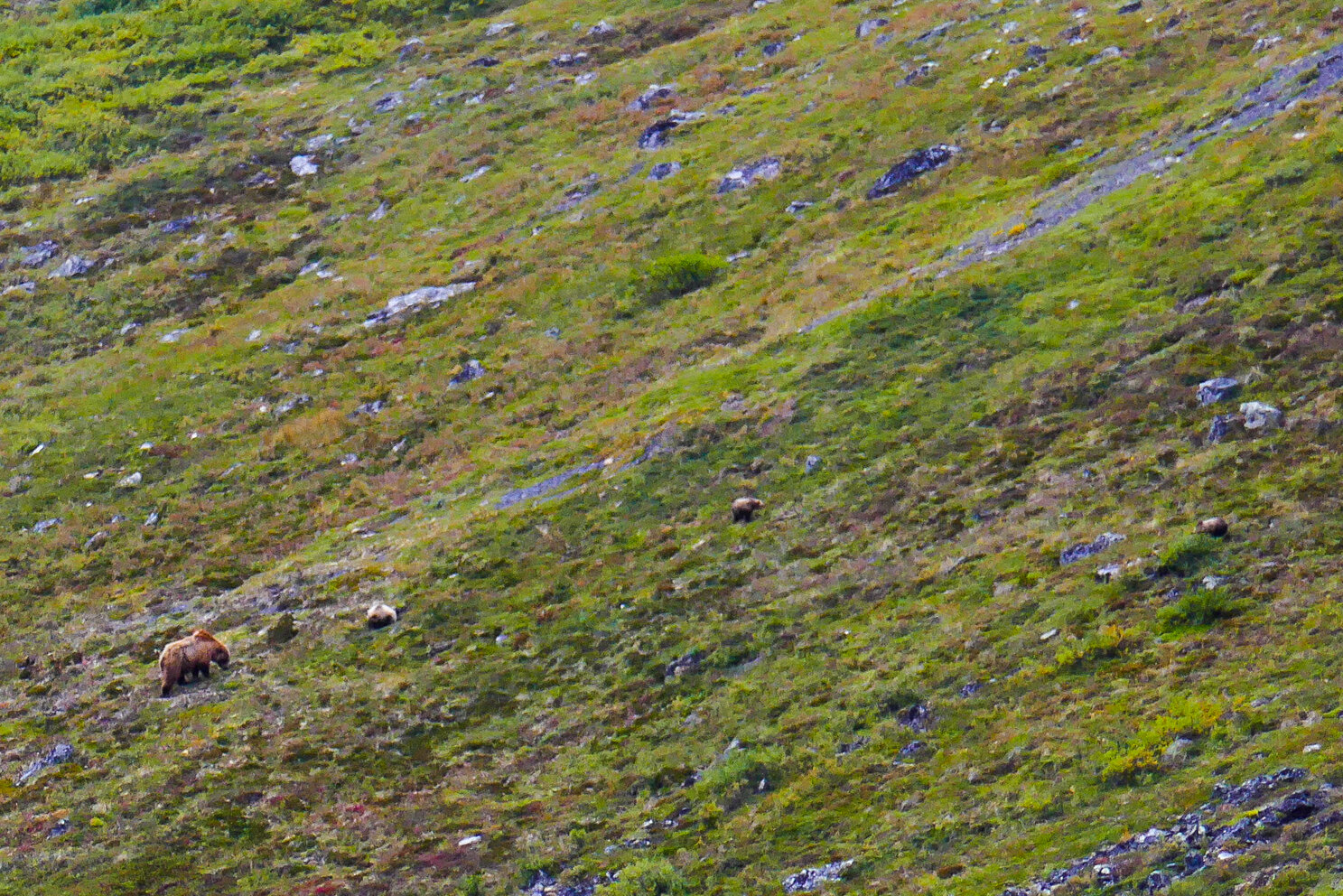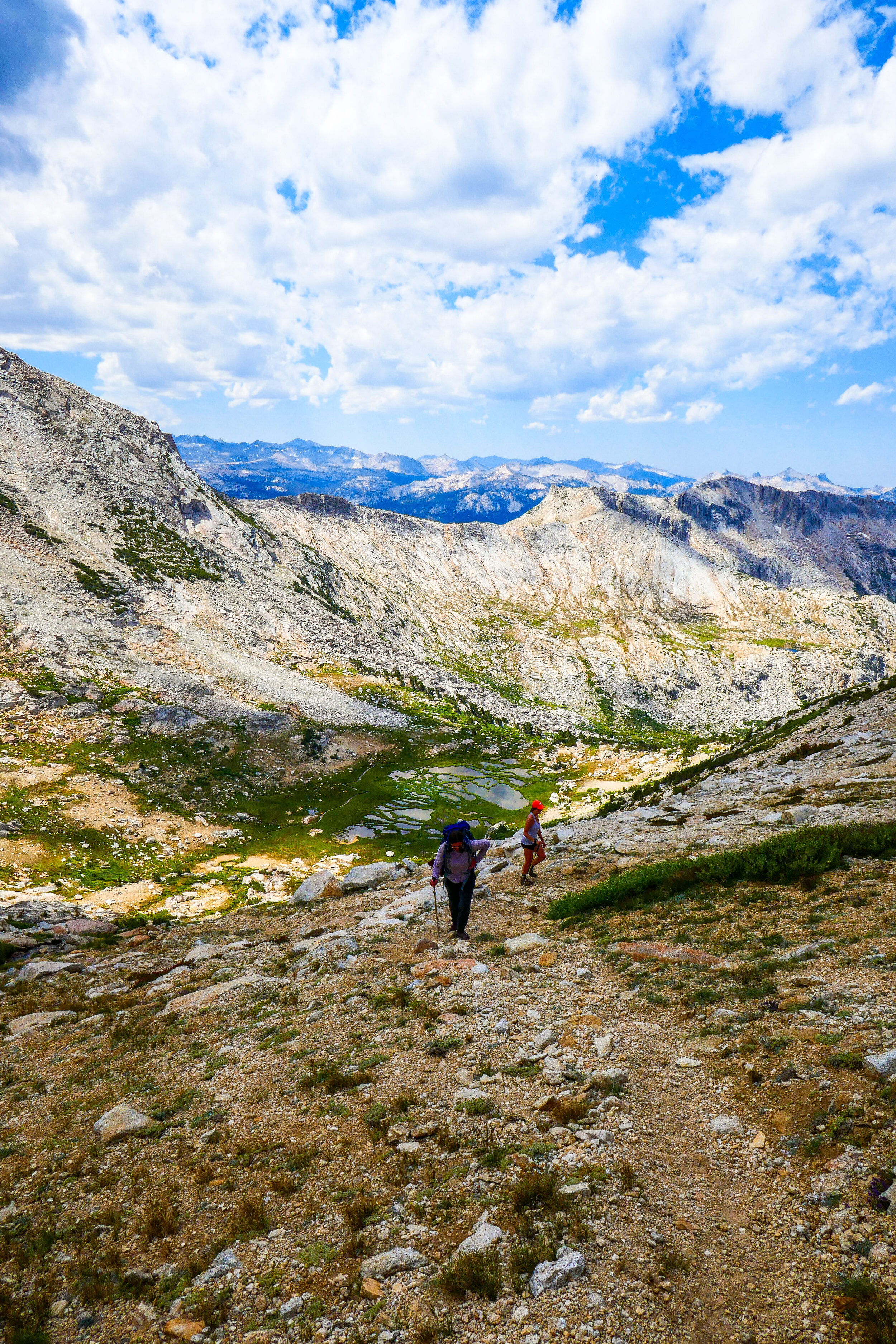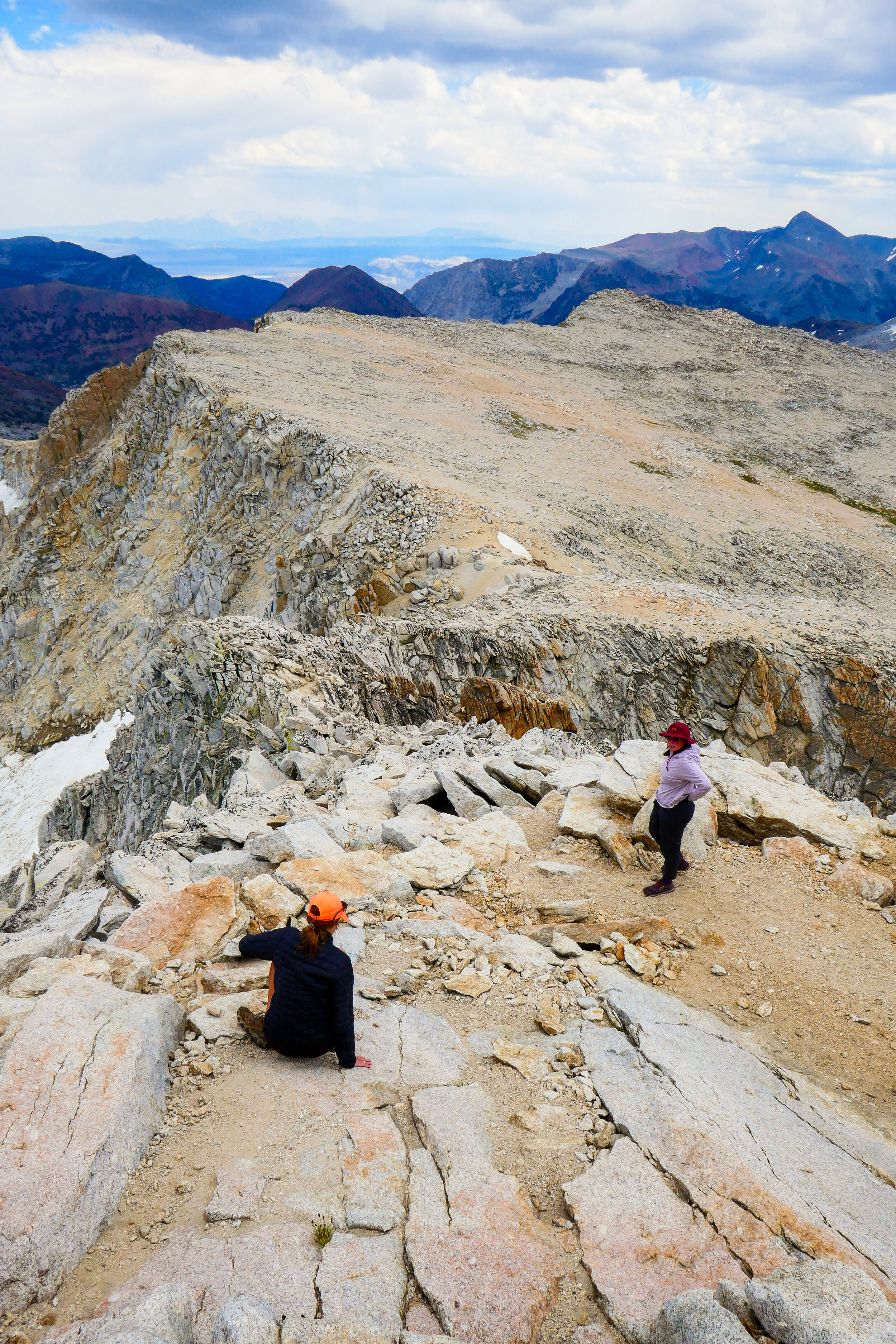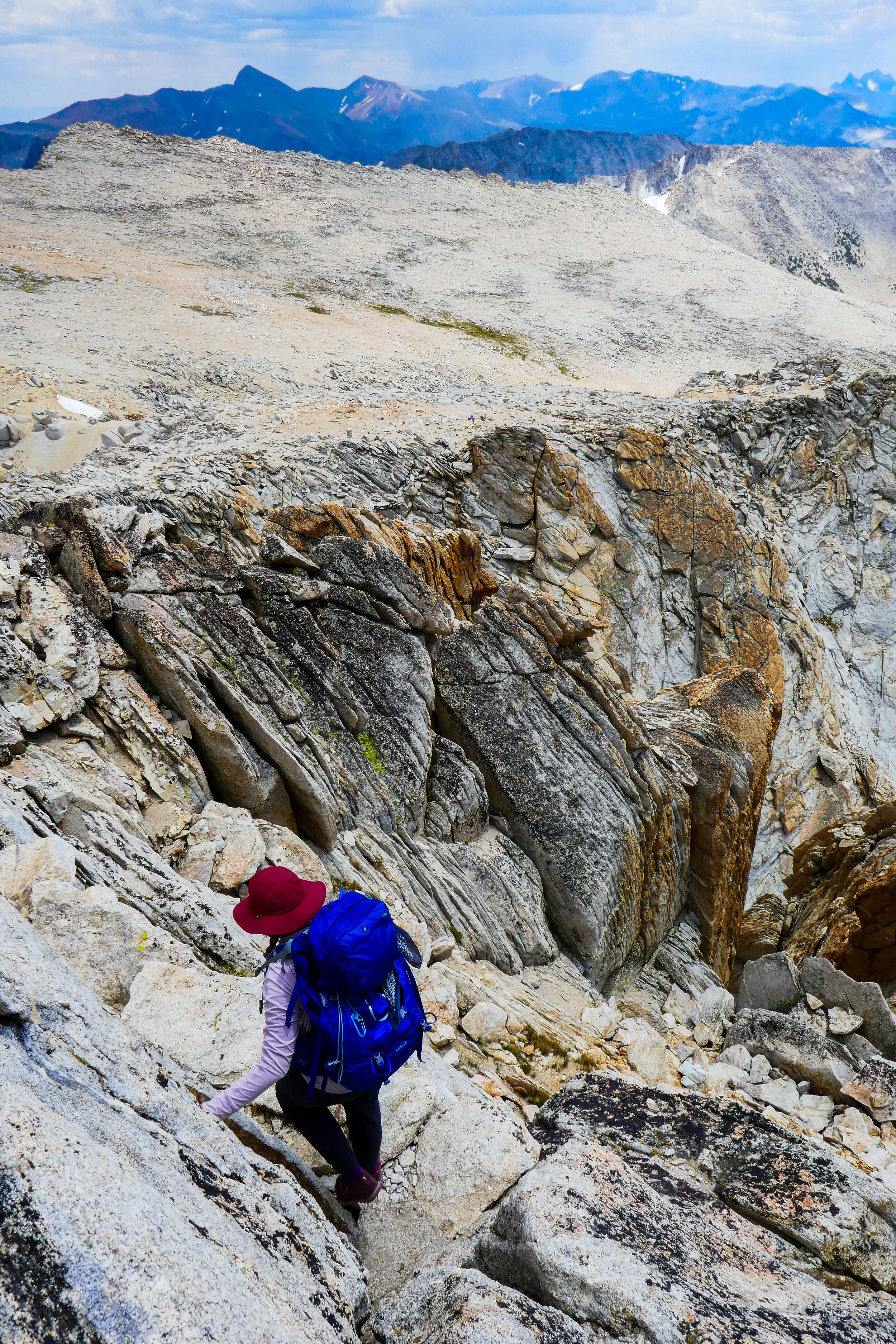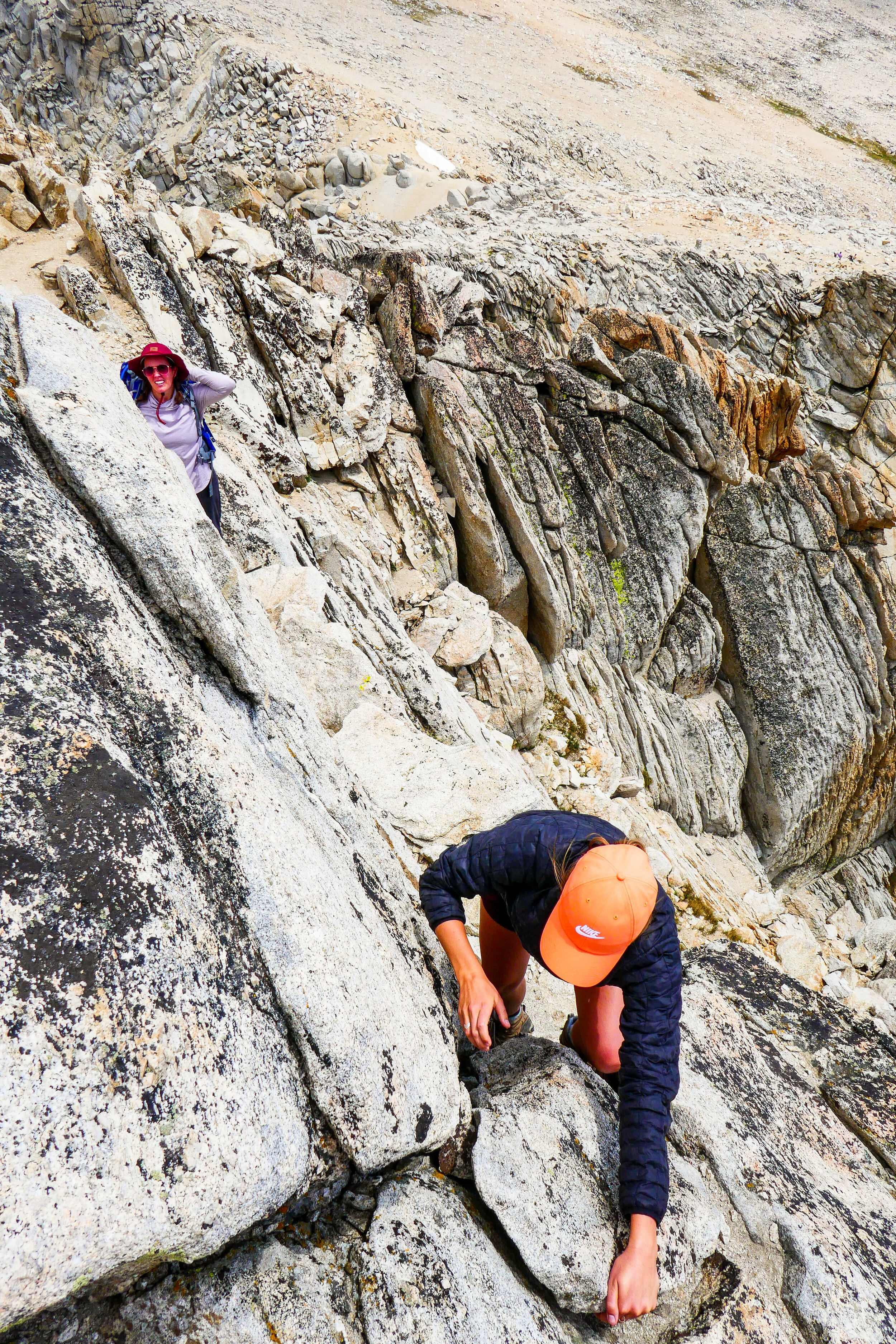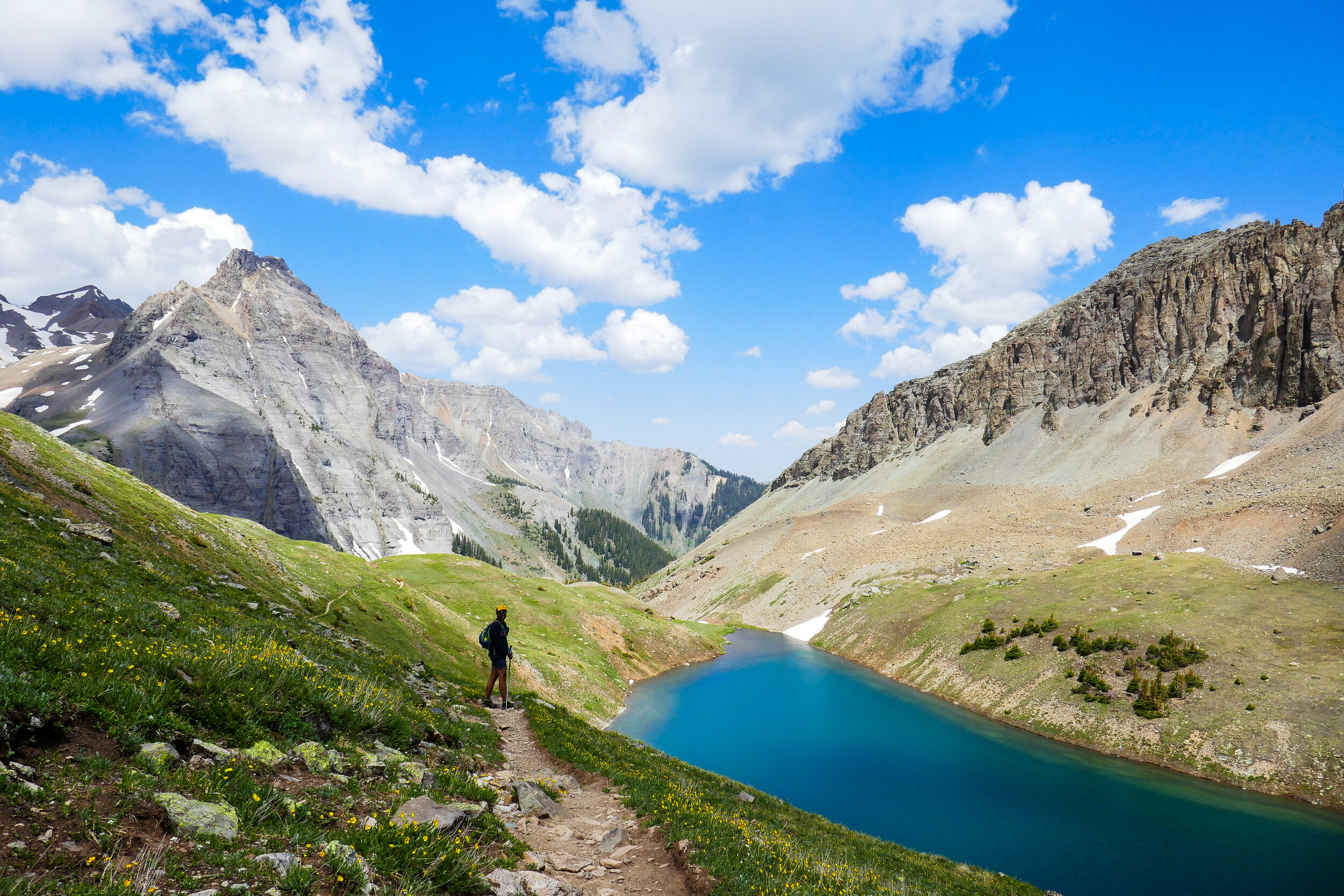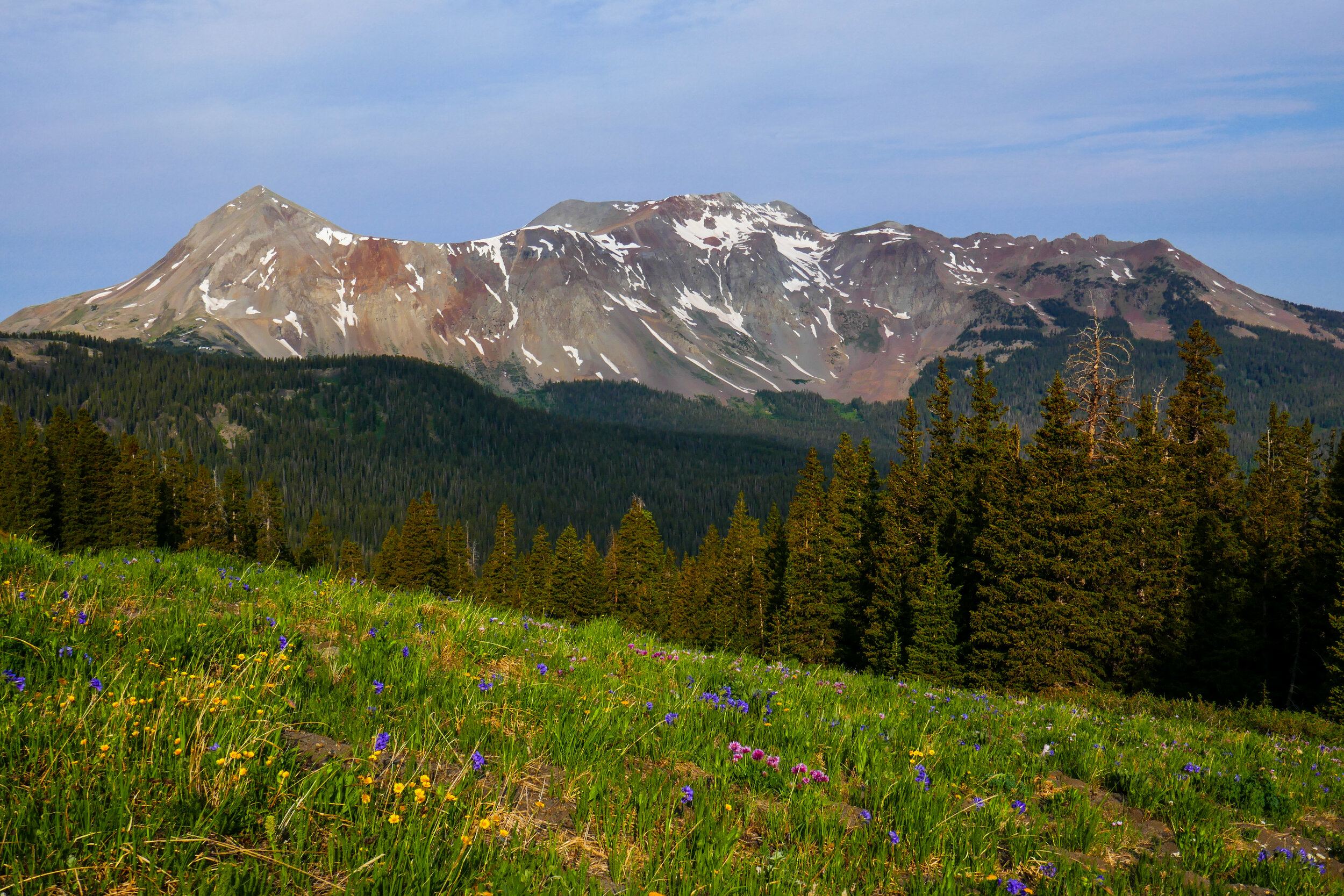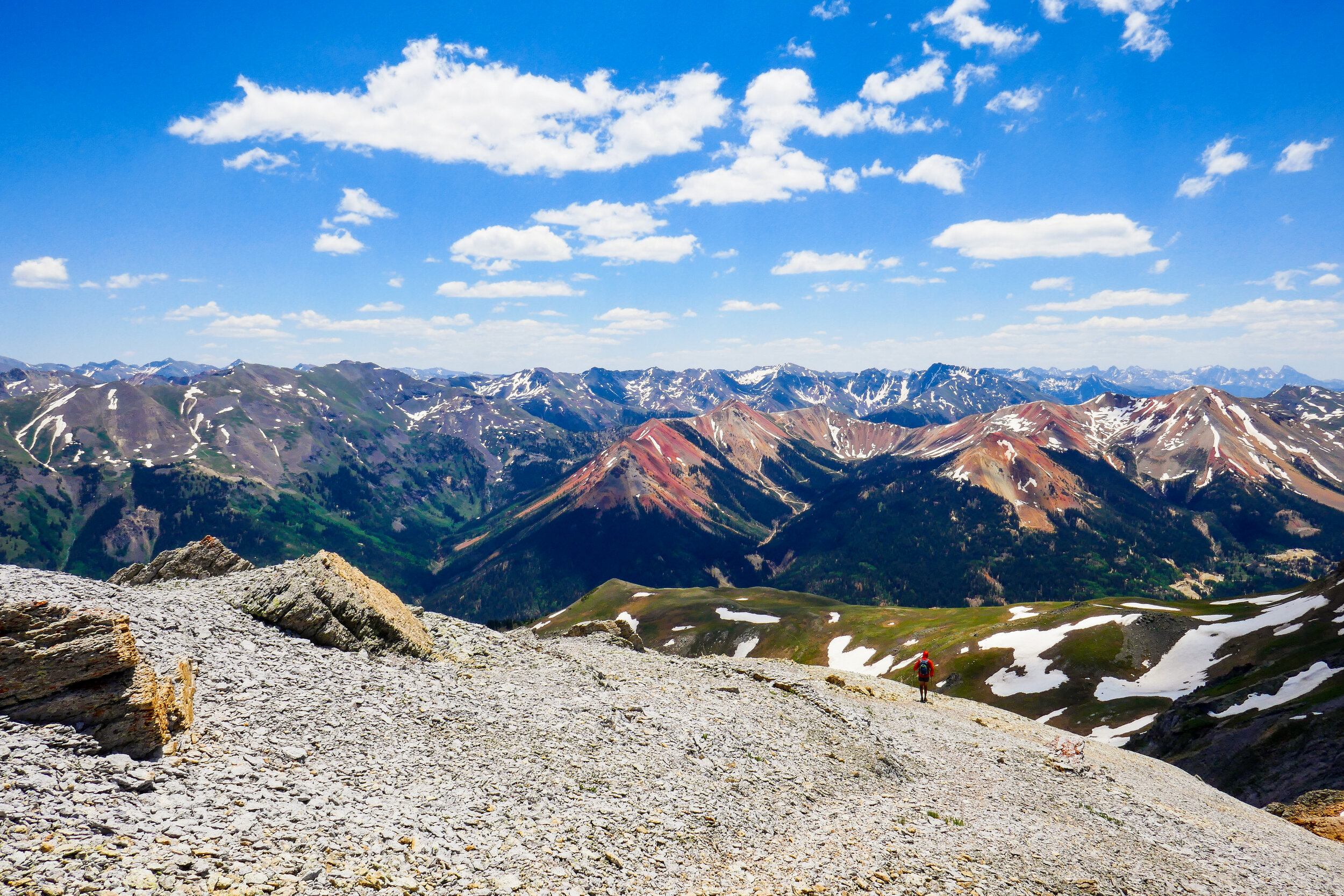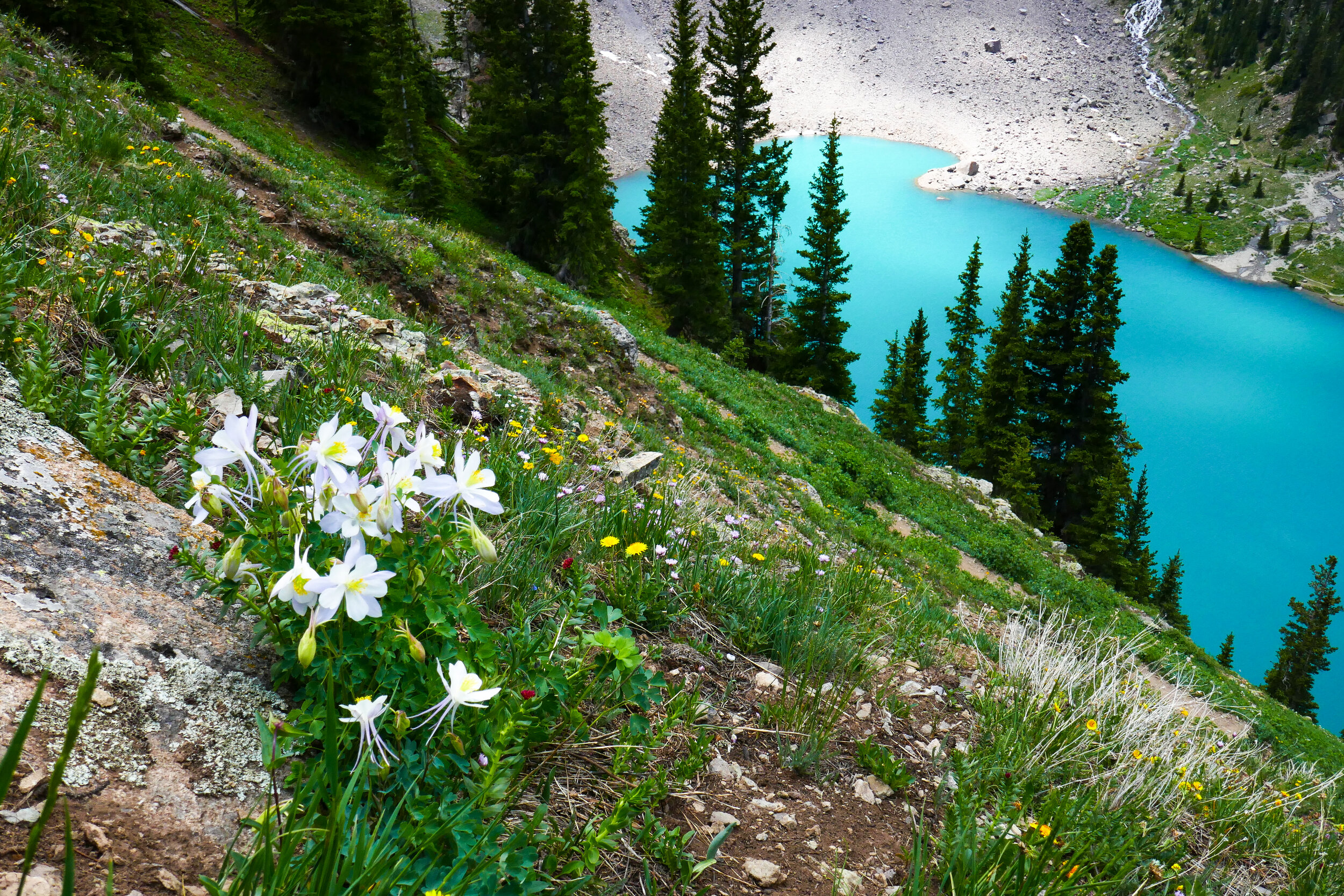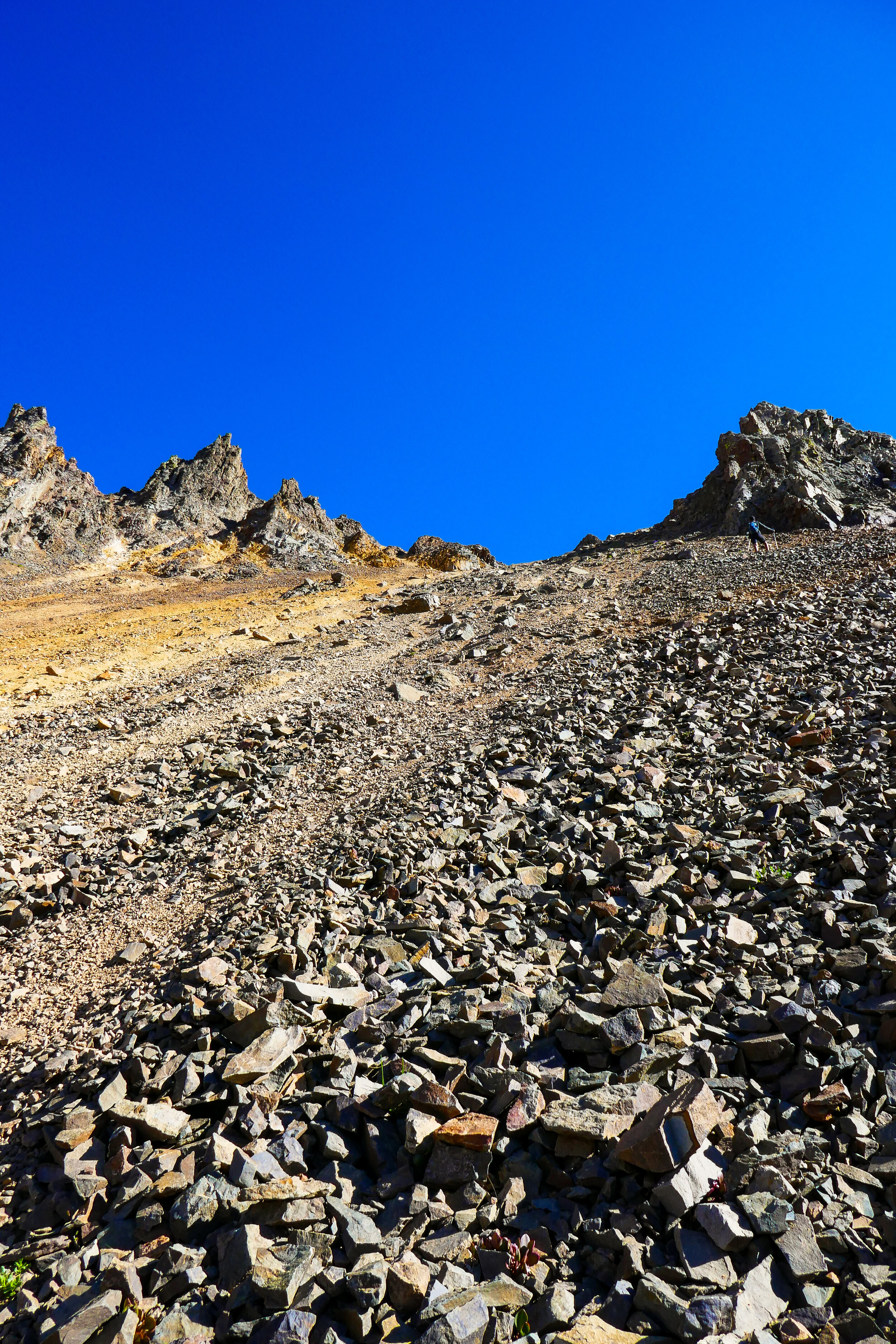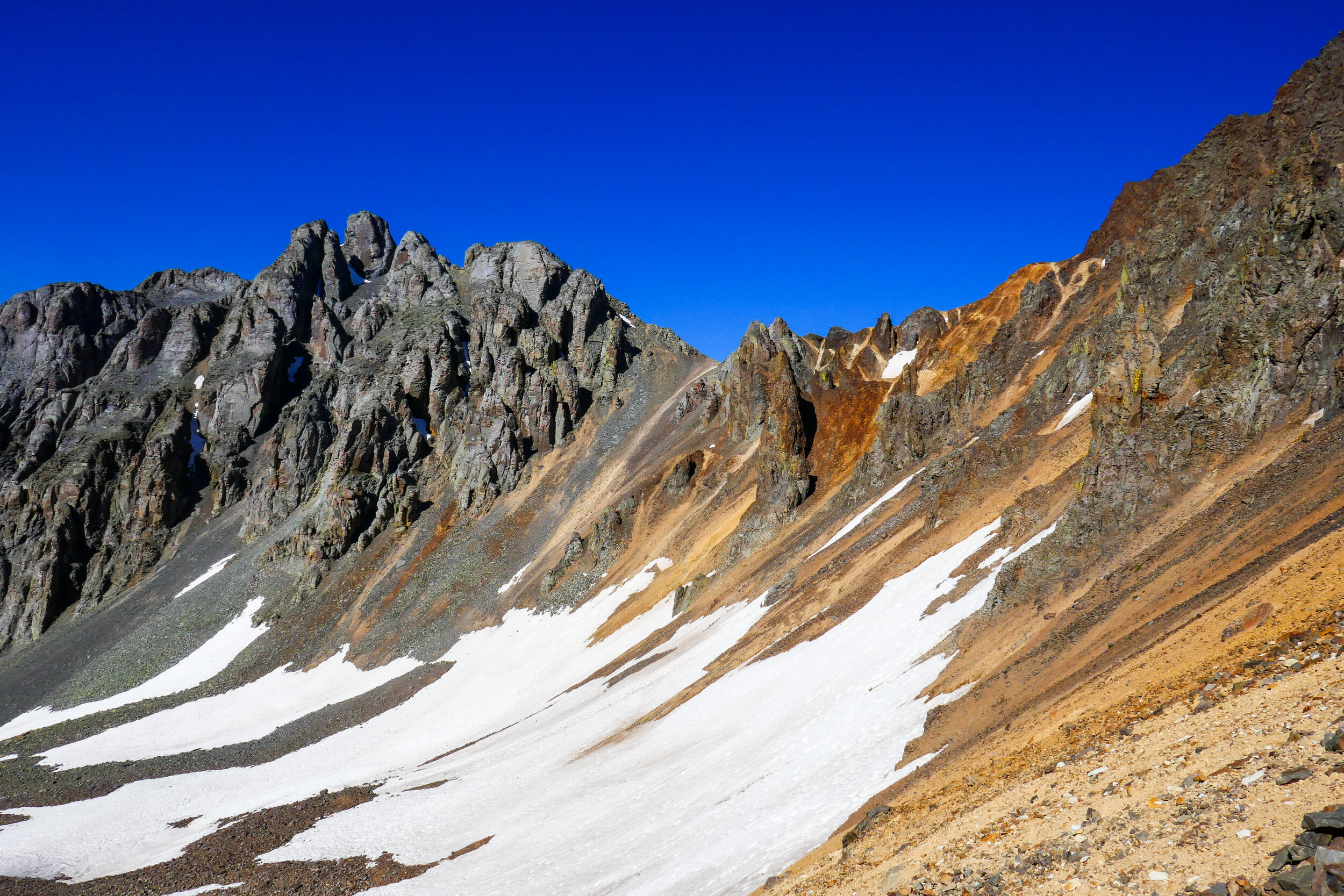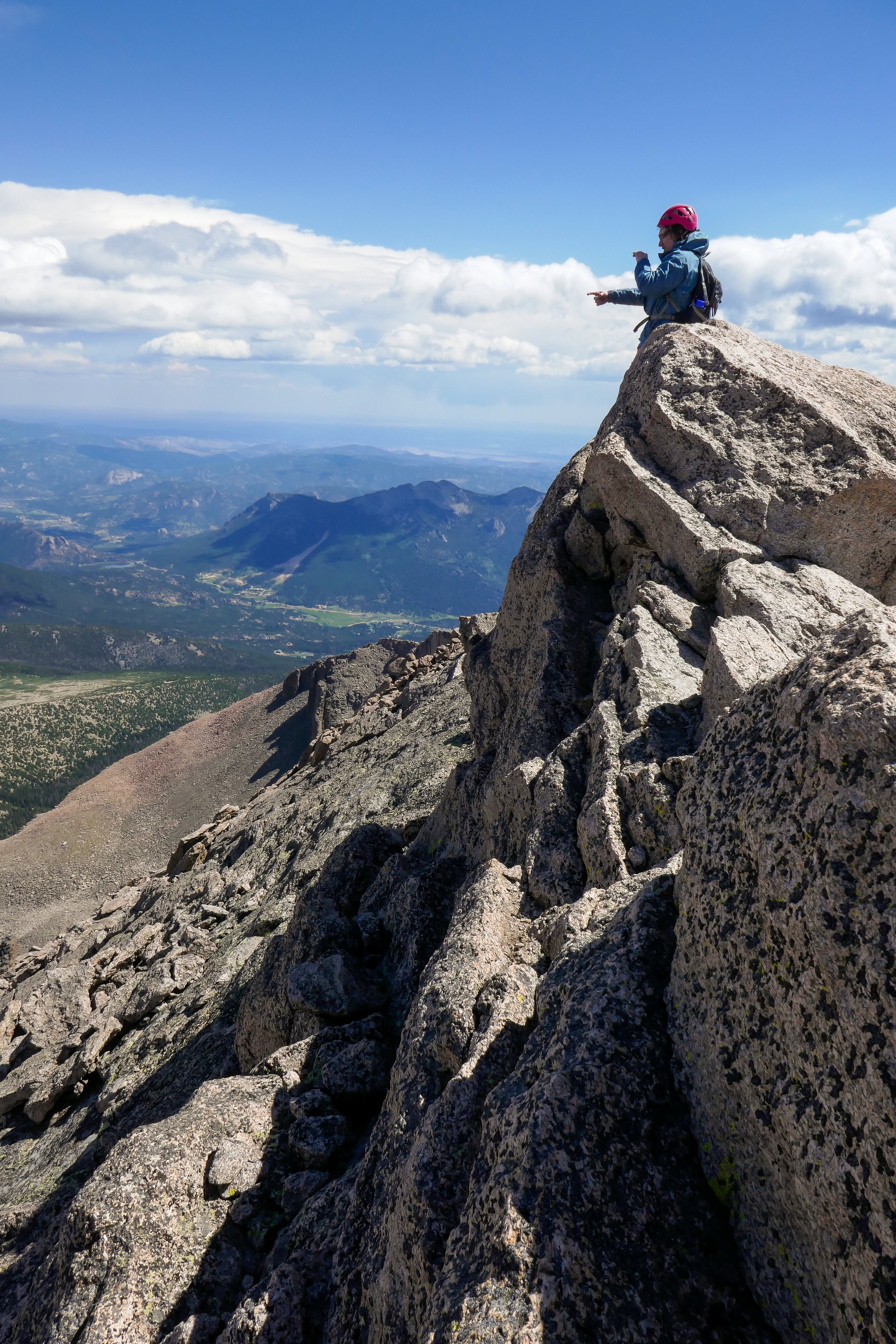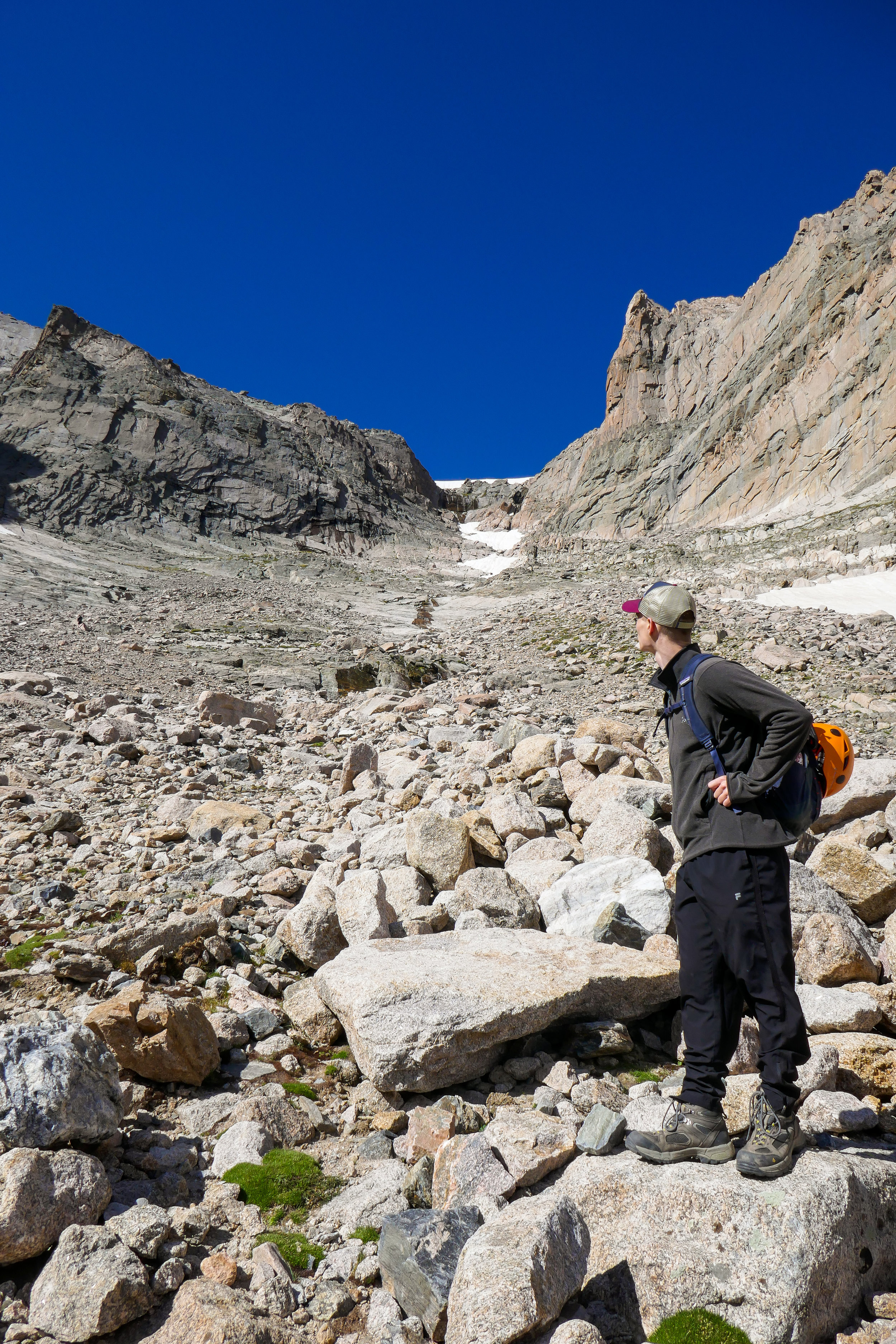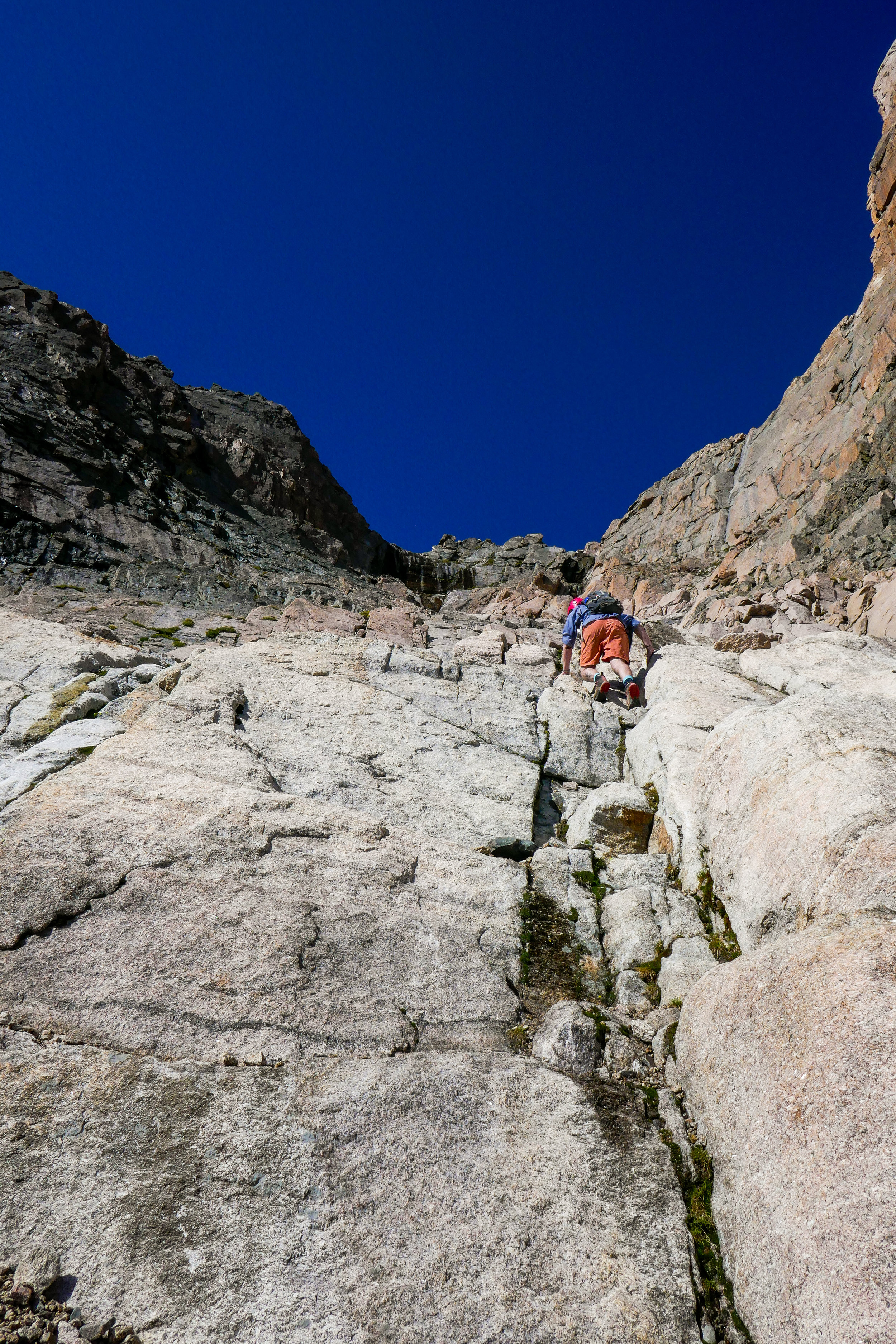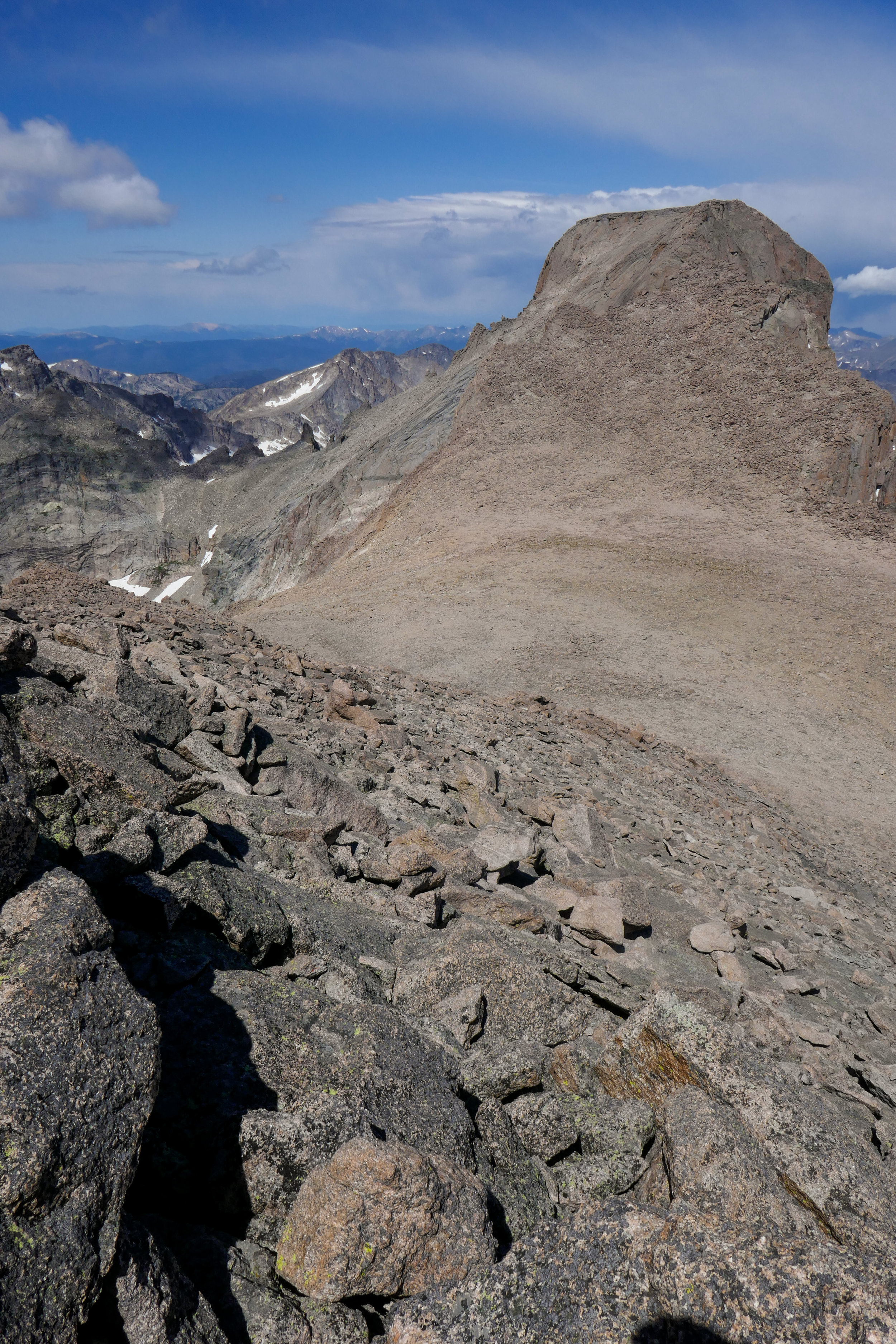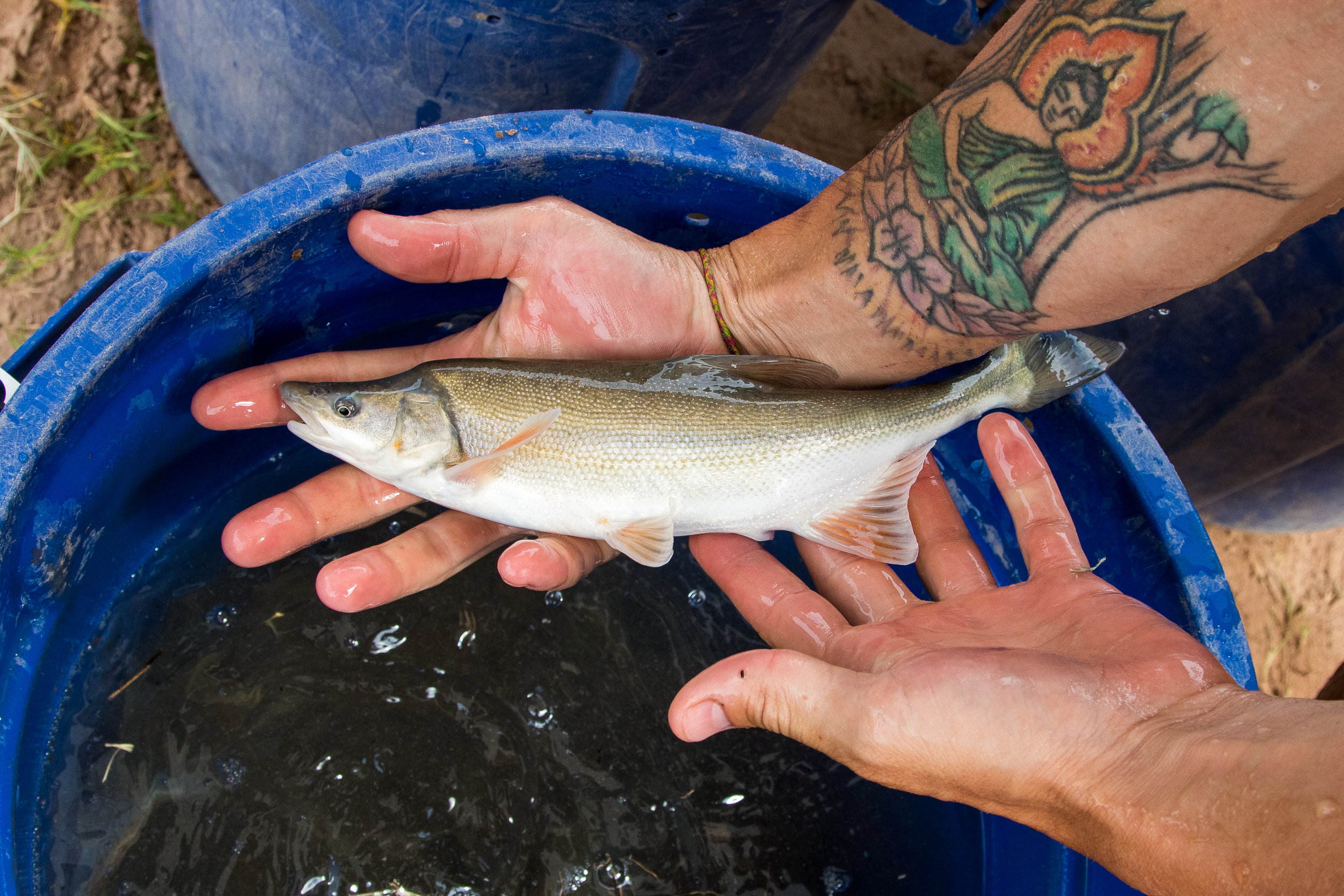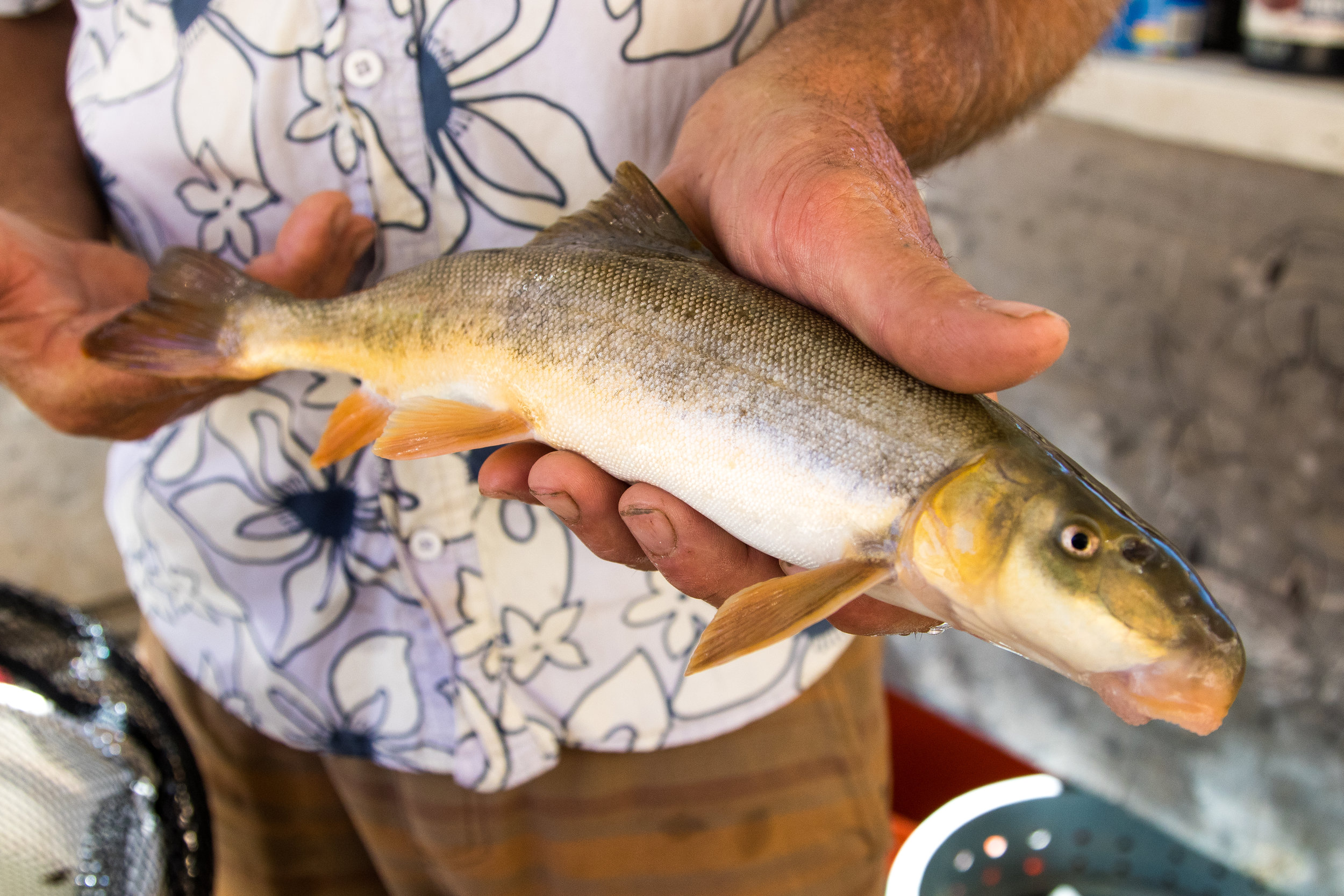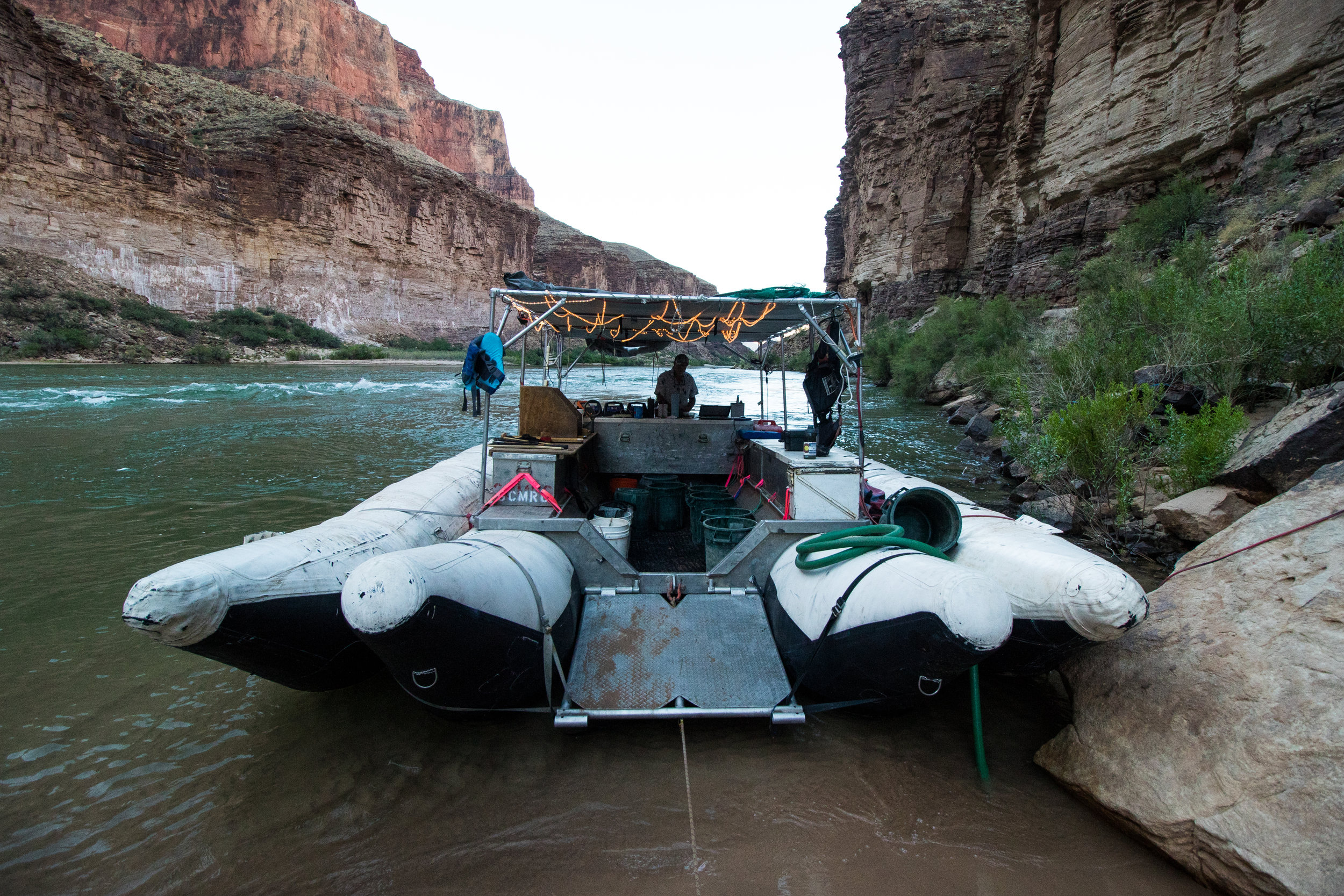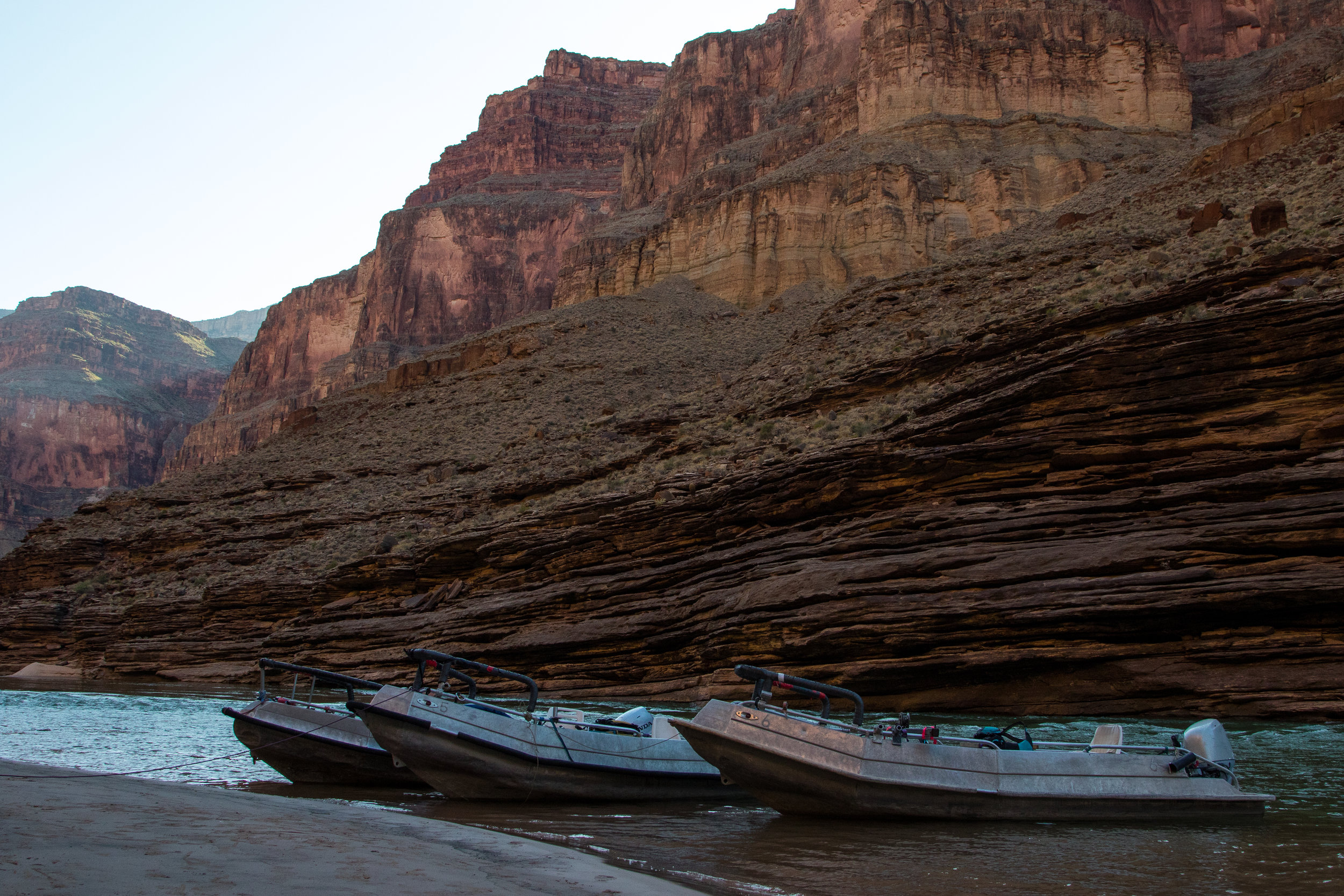It’s taken me a while to sit down to write this, as I’ve been processing my recent 20-day river trip through the Grand Canyon as a volunteer with U.S. Fish and Wildlife Service. With countless lessons and memories, I don’t even know where to begin. So in an effort to get this out into the world, below are a few stories and photos from the trip to get us started.






This was my first trip with the U.S. Fish and Wildlife Service and it was spectacular. The crew was great and in total, we caught an estimated 20,000 fish in 20 days. We were on the move throughout the trip with only one layover day at 243 Mile camp. Every day was full of seining and hoop netting, with lots of flannelmouth suckers and humpback chub.
We’d start each day off in the dark at 6am, under the last of the stars. As the sun slowly rose, we’d have coffee and breakfast and pack up camp. The days were full of fishing, shade harvesting (as the boatmen delightfully call it), and making our way downriver. We’d usually pull into our next camp between 4-5pm, relax for a bit, enjoy happy hour, cook dinner (the kitchen was often where we had the most fun), and share a few drinks under the stars before turning in at 9pm. They were exceptionally full days.
The hoop netting was fairly similar to my last few trips. We’d set the nets the night before, then pull the nets and process fish on the boat the next morning, which included identifying the species and sex, measuring total and fork length, and PIT tagging the fish. We baited the nets, and occasionally we’d pull 50 large fish from one net.
I learned that the chub can get pretty gross when they feast on the bait all night. The way their organs are aligned in their body cavity makes them fat and bloated with a full belly, forcing you to slow down as you PIT tag them so you don’t accidentally puncture their stomach and kill them. The chub also peed, pooped, and diarrhea-ed all over me. Disgusting. The flannelmouth suckers (or flannies) are endless in their numbers, and the speckled dace are always bouncing around on the measuring board, making them nearly impossible to measure. We caught two massive (over 450 mm) razorback-flannelmouth sucker hybrids. I’d never seen these before, and razorbacks are extremely rare in the canyon. According to the scientists, since we caught two hybrids, we essentially caught 1 whole razorback.
I had never seined before, but I was certainly a pro by the end of our trip. Seining is essentially where you drag a huge net through water to catch fish. Our biggest net was 25 feet long and 6 feet tall. We were focused on seining backwaters, or a section of the river where there’s no current, as it's separated from the mainstem by a barrier like a sand bar. Backwaters make excellent habitat for native fish (and some invasive species), so we would drag a net upstream through a backwater and pull up anywhere from five to thousands of tiny fish, often smaller than 50 mm.
One day, we pulled over 2,500 fish out of a backwater and spent the next three hours in the sun counting fish. At another backwater, we pulled 10-20 green sunfish out, an invasive species that you’re supposed to kill if caught. We proceeded to bury all the sunfish alive in the sand. A mass grave….
The lead scientist of this trip was fisheries biologist, Pilar Rinker. I first met Pilar on my 2017 trip with Arizona Game and Fish, and it was great to spend time with her on the river again. Throughout the trip, Pilar occasionally would bring out a set of stick-on mustaches, and all the science gals (there were six of us!) would stick on a mustache while measuring fish or pulling hoop nets. Pilar was also the scientist who found the first smallmouth bass in the Grand Canyon a few years ago, which has become a major concern for biologists and policymakers in the Colorado River Basin. Luckily, we didn’t find any bass on this trip.
The humpback chub are doing surprisingly well given the challenges the Colorado River is facing. Since I was last on the river in 2020, they were downlisted from endangered to threatened under the Endangered Species Act (a victory!), and their populations throughout the Grand Canyon seem to be doing very well.
We caught some of the biggest humpback chub I’d seen, measuring over 400 mm. Dinosaurs. We caught many that had been previously tagged, and we caught hundreds of juveniles measuring under 100 mm in the hoop nets and in the backwaters.
I often reflected on how lucky I was to be back on the Colorado River in the Grand Canyon, the river and place that inspired me to pursue my career in water policy. With my title of “Colorado River Program Manager” for a nonprofit working on conservation and water policy across the Basin, it felt pretty cool to be back in my element, catching native fish and being reminded every day that this is my life’s purpose—to work to protect the river and its ecosystems 40 million people across seven states depend on.
It took me five years, lots of traveling, and a master’s degree, to return to my favorite place in the world, the bottom of the Grand Canyon. There were times in those five years when I never thought I’d be back. Crazy how sometimes the universe just aligns for you. The canyon looks the same as I left it, and although I’ve grown and changed, it was refreshing to fall asleep under the Milky Way every night, knowing that I’m the same girl who was down here nearly 10 years ago, still in love with the canyon and all its magic.






From my journal on September 4th, 2025:
Holy shit—I’m sitting in my tent sweating and hiding from the most intense rain and thunderstorm I’ve ever witnessed in my life.
During dinner, Pilar said there was a 60% chance of rain tonight at our camp at Tuckup Canyon at River Mile 165. After laying awake anxious about the cloudy skies last night and upon hearing tonight’s forecast, I quickly washed my dinner dishes and decided to set up my tent. I’m so glad I did. This is absolutely insane.
As I was getting in my PJs, an incredibly strong gust of wind nearly knocked my tent over, with the walls collapsing in around me. It was sprinkling, and I realized my decision to not stake the tent down and hope my cot and dry bags would hold everything in place was not the best. So I quickly ran outside to stake and tie the walls down as best I could and braced for the storm.
Luckily, the tent is holding up as lightning is cracking all around us, lighting up my shelter in the darkness. The thunder is rumbling across the canyon walls and the sound is so intense—it shakes your eardrums and your entire being. And, it’s absolutely pouring rain, to the point where it sounds like hail that could tear my tent to shreds.
I was told a few days ago that in the event of a flash flood, Jeremy (our trip leader) would come round up everyone and get us to a safe spot. I can’t see anything outside except for when the lightning briefly illuminates the beach, and I definitely cannot hear anything over the booming and echoing of the rain and thunder. I’ll have to trust that someone will grab me if this gets totally out of control. This storm is pretty epic.
That storm all-in-all lasted less than an hour. And apparently, it was part of a series of crazy weather patterns (someone told us after the trip that there was a hurricane in Mexico??) that had been moving over the continent that week. We had a few other rainy nights throughout the rest of the trip, but nothing like this jaw-dropping monsoon.
The crew was rather lively the next morning at breakfast, recounting their night and experience in the storm. Everyone was fine, and no one slept very well. Apparently, the gust of wind that nearly tore my tent apart knocked over the big aluminum kitchen tables and our cookware went flying, making quite a racket. Jeremy and the boatmen cleaned it all up and got everything in order during the worst of the storm. I was camped ~20 yards away and heard none of that, as the storm was so loud and so intense. Also, Tuckup Wash flash flooded. None of us were camped in the wash, but the flood did move rocks and debris around. Wild.
I had witnessed one monsoon at Fall Canyon before in 2020 (read about that night here) and I remember it being a pretty epic storm. But as I ate my breakfast and recounted my evening to the crew, I decided that this storm takes the cake.
Near River Mile 217. The water was exceptionally calm, making for one of my favorite mornings of the trip.
Packing adjustments for the next trip:
One pair of PJs per week.
One sun hoodie, one pair of shorts, and one sports bra for every 4 days (ideally, no laundry).
Neosporin. For all the cuts and scrapes.
Gold Bond hand cream. Moisture like no other.
Super glue with a brush applicator. For when the skin splits.
Gloves for night - to lock in the Aquaphor.
Vet wrap. The only tape that won’t come off your blistered toes down there.
No need for a razor.
No need for shampoo/conditioner. Dr. Bronner’s and a bar of soap was enough.
A 2nd battery or one huge one.
Tweezers.
Needle and thread. For the holes and tears that will inevitably appear.
Bracelet-making materials.
Nail polish. For free time on the boats.
A small paint-by-numbers.
4 cans of bubbly water per day. It seems like overkill, but it’s necessary.
Crazy Creek chair - the best thing I brought on this trip. 10/10 would bring again.
Coming back to the Rim World is really hard. It’s something that doesn’t get talked about much in the modern lore of Grand Canyon river trips. When the trip was so good, as in change-your-life good, it’s truly depressing to be pulled away from the river, the desert, the crew, all your new friends, and a life that became all you knew for three weeks. Walking into a grocery store is shocking with the buzz of shoppers, strange faces, and the overwhelming number of choices and aisles. Sitting in traffic is a million times more frustrating than usual. Turning on your phone to news of political assassinations and shootings in your hometown high school is a slap in the face and makes you want to stay in the Canyon forever. Waiting in line to use a public restroom versus peeing in the river is—I could go on.
Returning to the Rim World after my first trip down the Colorado River in 5 years, and I think this is the hardest re-entry I’ve faced. The post-trip phase brings about much clarity and confusion all at the same time, and I can’t help but question my life back home: Is this what I truly want?
So far, the highlight of my abrupt re-entry back into society was early on in the process, in the bathroom in a Mexican restaurant in Kingman, when the crew and I were on our way back to Flagstaff from Pearce Ferry. I opened the bathroom door and saw myself in a mirror for the first time in weeks. There she was, a strawberry-blonde haired, blue-eyed beauty with tan skin (the most tan I’d been and the lightest I’d seen my hair in years). I almost didn’t recognize myself in my dirt-stained purple Telluride hat and tie-dyed sun hoodie. I was beautiful, and while I had been feeling beautiful on the river the past three weeks, it was the first time I could truly see it as I stared back at myself in the mirror. That girl just had the best three weeks of her life, and you could see the happiness from the whitewater, sand, sun, sweat, and tears in her eyes.
It’s often really hard to love yourself in the modern world. That’s the beautiful thing about the Grand Canyon. It’s a place that makes you feel so alive that you have to be true to yourself. It puts you in your place, it makes you the truest form of you. You start to feel beautiful as the river gives you peace, heartache, sadness, serenity, and brings you the purest joy you’ve ever felt. Loving yourself gets easy on the river.
In the weeks that I’ve been back, I’ve been trying to keep the version of myself that I found on the river alive. Everyday I wish I was there. So to stay sane in the Rim World, I’ve been waking up at 6am and enjoying the quiet and stillness the morning provides before the rest of the world wakes up. I figured I’d stay on river time for as long as possible. I’ve been journaling in these early hours and trying my best to stay off my phone, to bring me back to the Canyon for a few minutes every day. It’s not much, but it helps.
I know I’ll be back to the Canyon soon. It’s the place where I feel the most alive, the most me. I’m sure I’ll be going on river trips for the rest of my life, and for that, I’m eternally grateful.
Looking downstream near Saddle Canyon, River Mile 48.





